Altra running shoes have come a long way since the original Altra Lone Peak. It was a game-changer in the running shoe market, but to be honest, it had durability issues.
All that’s changed now. Altra offers a wide range of different road and trail shoes that last a lot longer than old models used to. If you didn’t already know, all Altra models are built on the zero drop philosophy and all models come with a wider toe box, but Altra designs the shoes in ways to make them feel drastically different from each other.
Some work better for long runs; some are more suited to technical trails.
So, which Altra Trail shoe is for you?
Well, luckily for you, I’ve taken each model in the trail lineup and analyzed the fit, feel, and durability to guide you toward a suitable trail running shoe that works for you.
I geeked out on this, so it doesn’t stop there. In this review, you’ll find an in-depth analysis of how each shoe affects your running gait using the latest gait analysis hardware found in top labs and universities worldwide.
Disclaimer: By clicking through the links on this page and purchasing the products, you’ll be helping me out. This is done because I receive a kickback from the sellers at no extra cost to you! I thank you so much for helping me continue with the website!
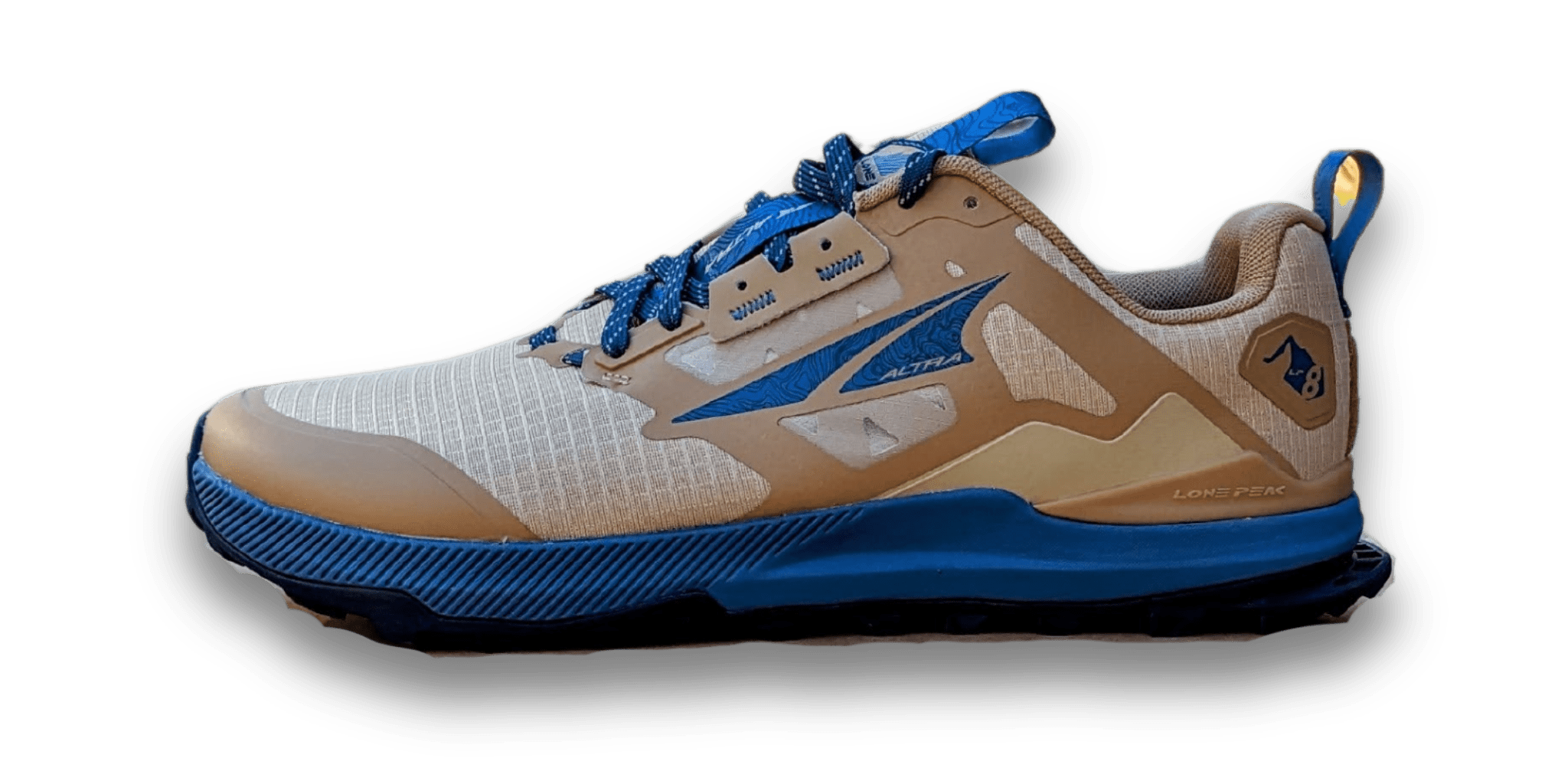
Altra Lone Peak 8
Cushioned but still nimble for those mid to long-distance races

Altra Olympus 5
Perfect for the long days on the smooth trails
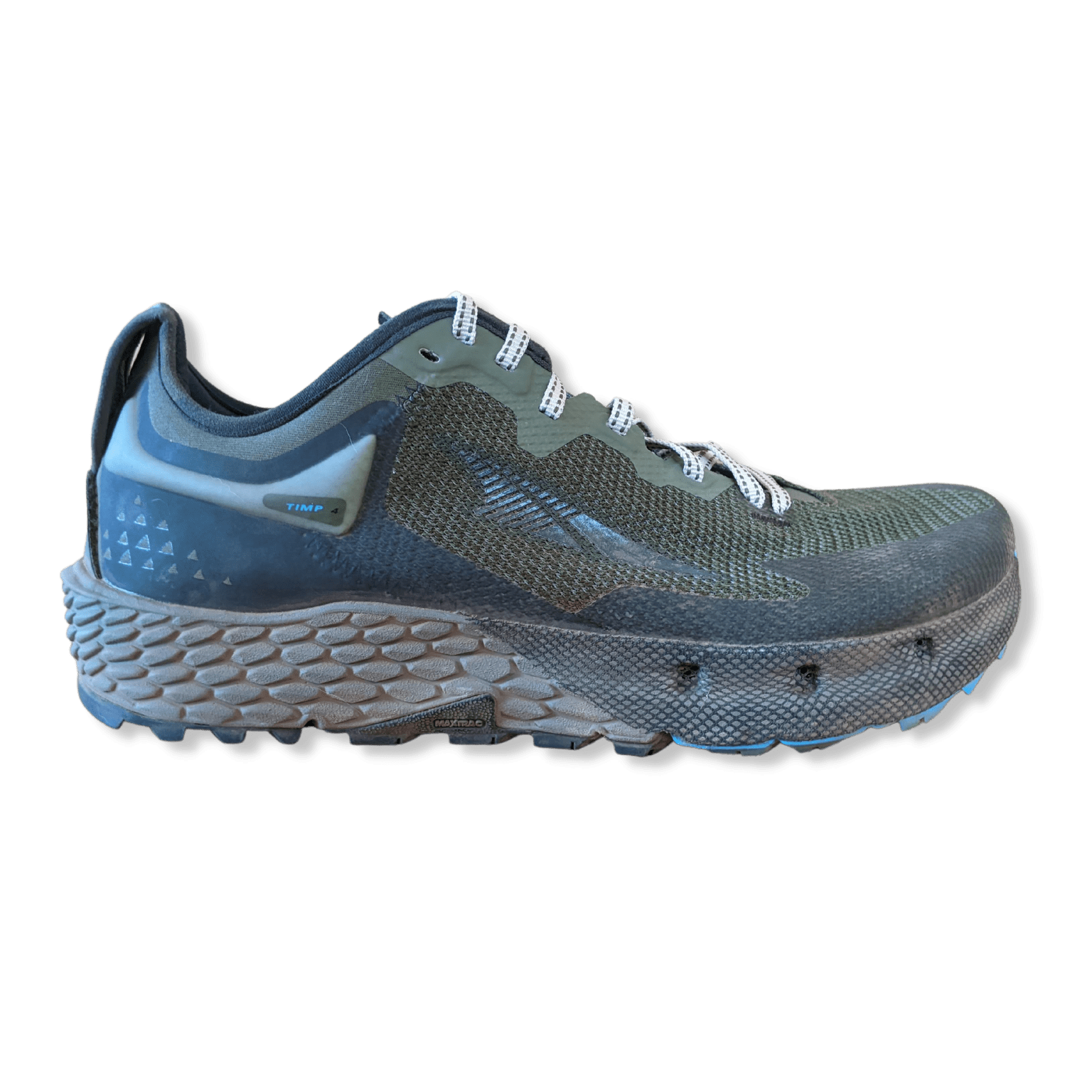
Altra Timp 4
Bridging the gap between Hoka’s and Altra’s
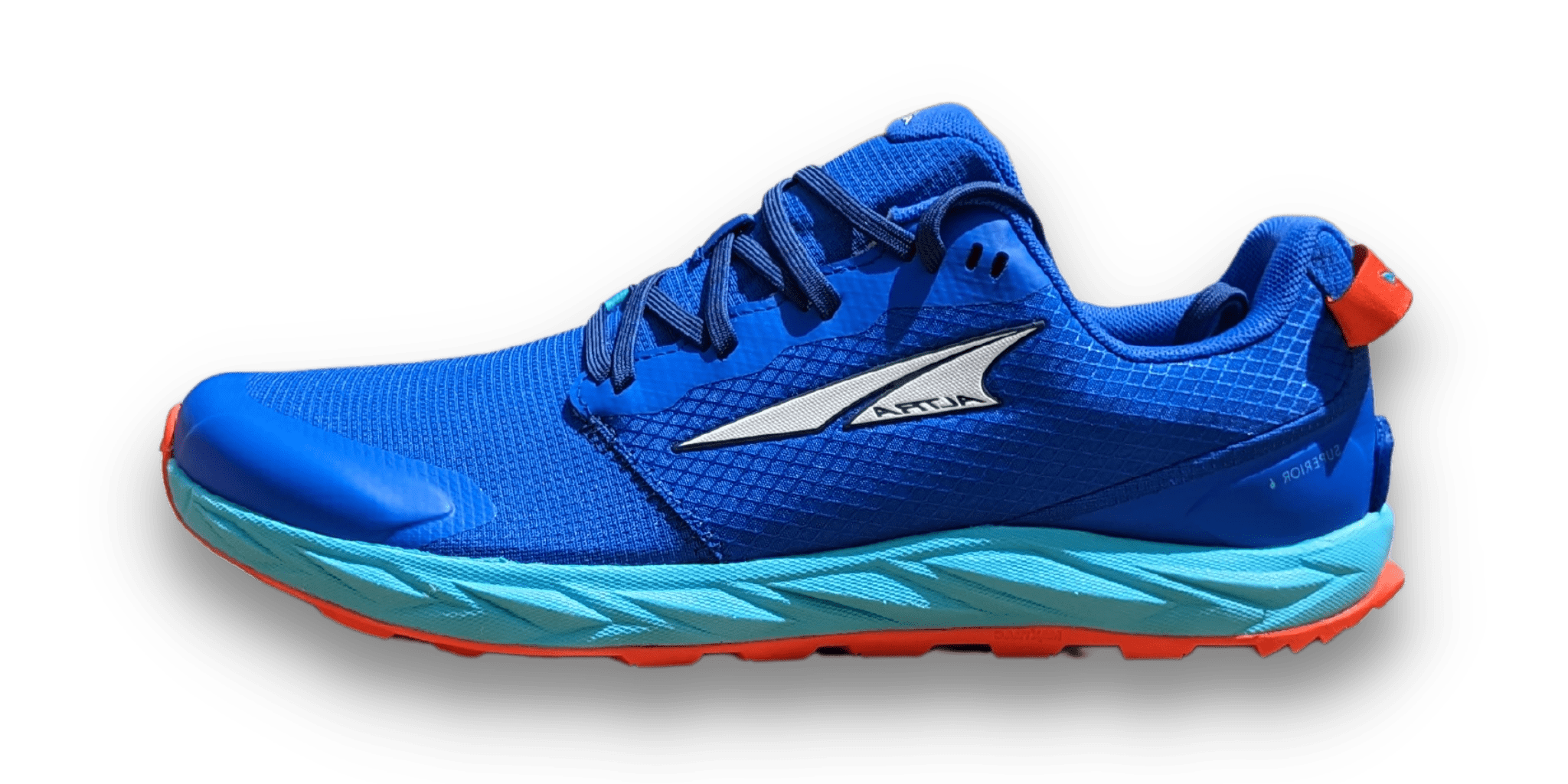
Altra Superior 6
Light, agile, and unobtrusive short distance race shoe
The Altra Lone Peak started the hype for the Altra running brand back in the day. Originally they were wide, squishy, skate-like shoes and not something anyone had seen in the running market before. A zero drop shoe? With cushion? You were either a trail runner that loved them or hated them!
Now at version 8, the Lone Peak has gone through many iterations. But the wide cushioned feel has not changed in a long time.
Gone are the heavily cushioned heel cups and cheap mesh material. Instead, the upper now supports overlay protection in all the right areas and a heel lock that’s right on point.
If wide and voluminous is what you’re looking for, then the Lone Peak needs to be your first choice. But if you’re looking for a precision fit, you ought to try before buying.
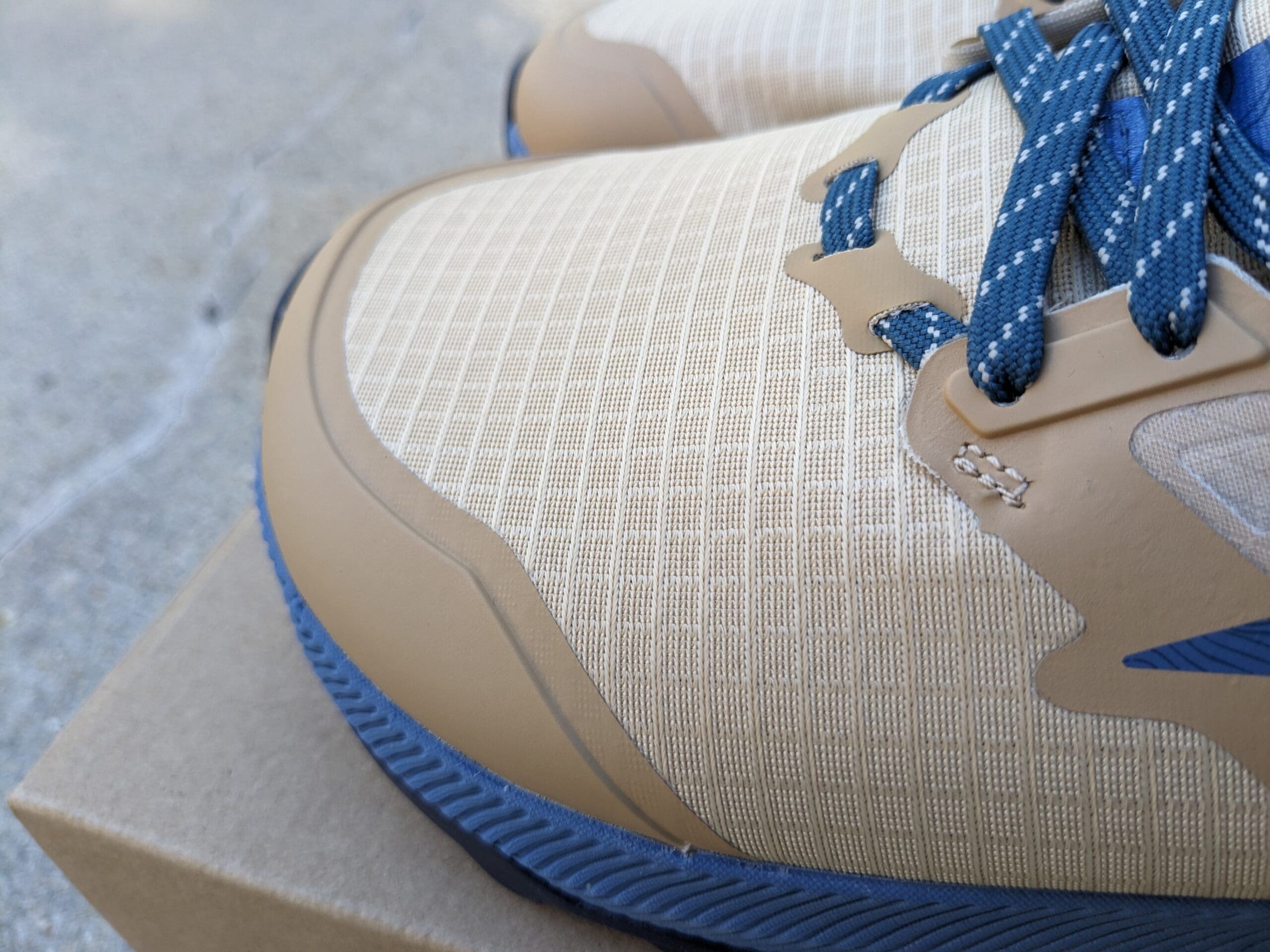
The vast amount of space around the toes will give you room to splay and promote a more barefoot-like movement, but you will have to mentally transition into the shoe if you’ve never tried Altra’s or minimalist shoes in the past.
If you have wider feet, the Altra Lone Peak’s are likely the best shoes for you. Some with wider feet will be happy to know there’s a wide version too!
With a great mix of responsiveness and cushion, the Ego midsole will go the distance and keep its form for 100’s of miles. Something I would not have said about Lone Peaks from the past.
The shoe boasts many lacing options, such as two high eyelets to perform a lace lock and a unique pair of eyelets in the broader position around the midfoot. These could help further secure runners with a lot of foot volume or width.
Which Altra Shoe is for you?
Take a quick 4-question quiz to identify the perfect Altra running shoe for your feet! You'll get both road and trail options based on your answers!
The laces themselves are what I’d like to see on every shoe on the market. Flat, mildly stretchy, and textured to provide a good grip. I never had any issues with the laces slipping or becoming untied, and once I laced them up, I never had to touch them again.
Because the Lone Peak is a “precise” fit, I wouldn’t take it on technical trails. For faster-paced runs, I’ve found the heel to be sloppy. But that relaxed fit is what makes it so comfortable. That’s why this is a perfect long distance shoe for me.
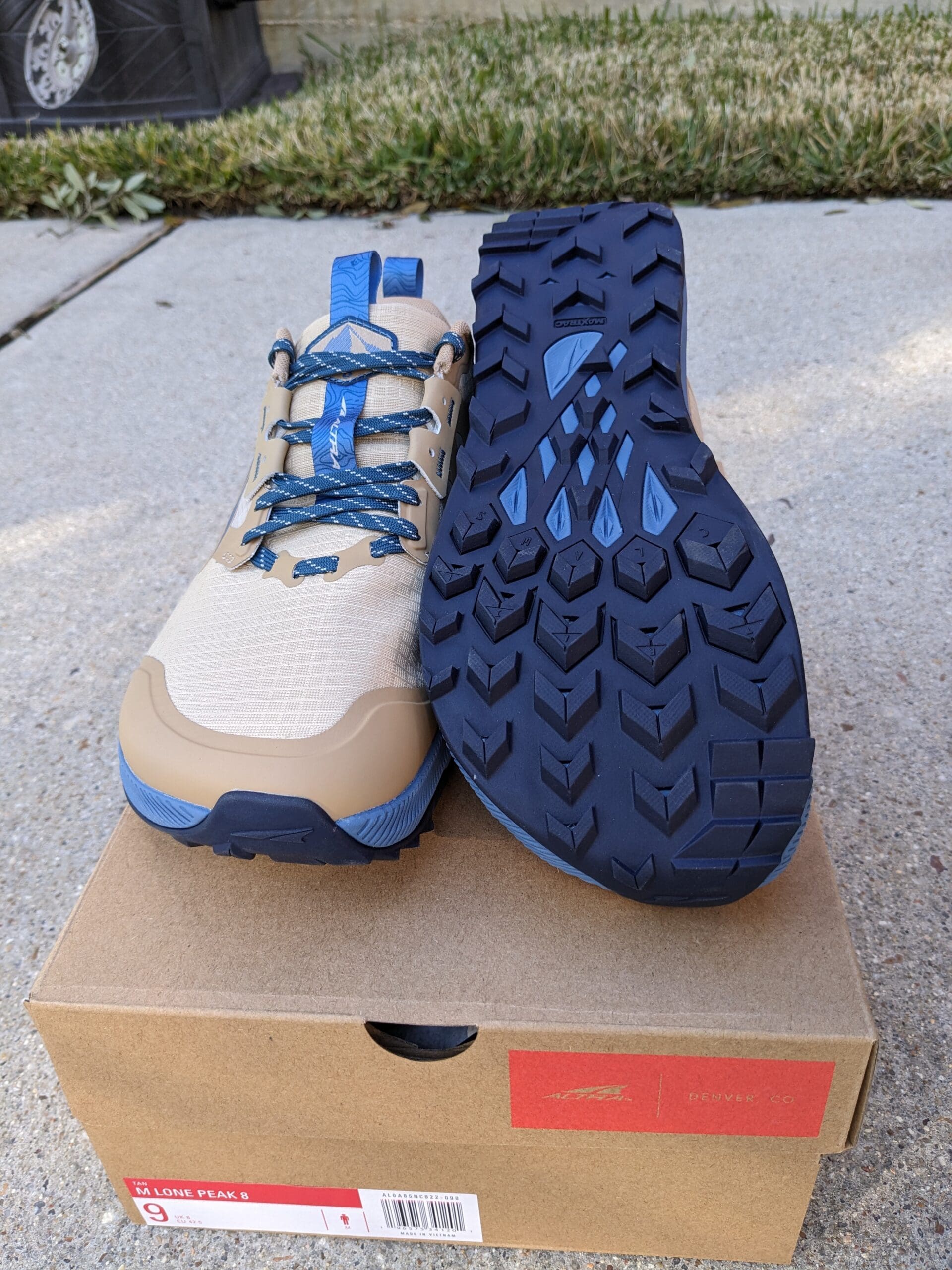
The MaxTrac outsole is a proven recipe, but it may come up short. The outsole is now more tacky to help with those wet rocks; with a deep, multi-directional chevron design, the grip is not an issue. But I feel it may come up short on the longevity test. The rubber used is reasonably soft and tacky, and in the past, rubbers like this have worn very fast for me.
This shoe is for the wide forefoot enthusiast that needs little gait support but is not ready to go true minimalist. If you skip down to the gait analysis section, you’ll see data that correlates highly with barefoot models, albeit with a reduced impact, making it a great training option to improve a natural stride.
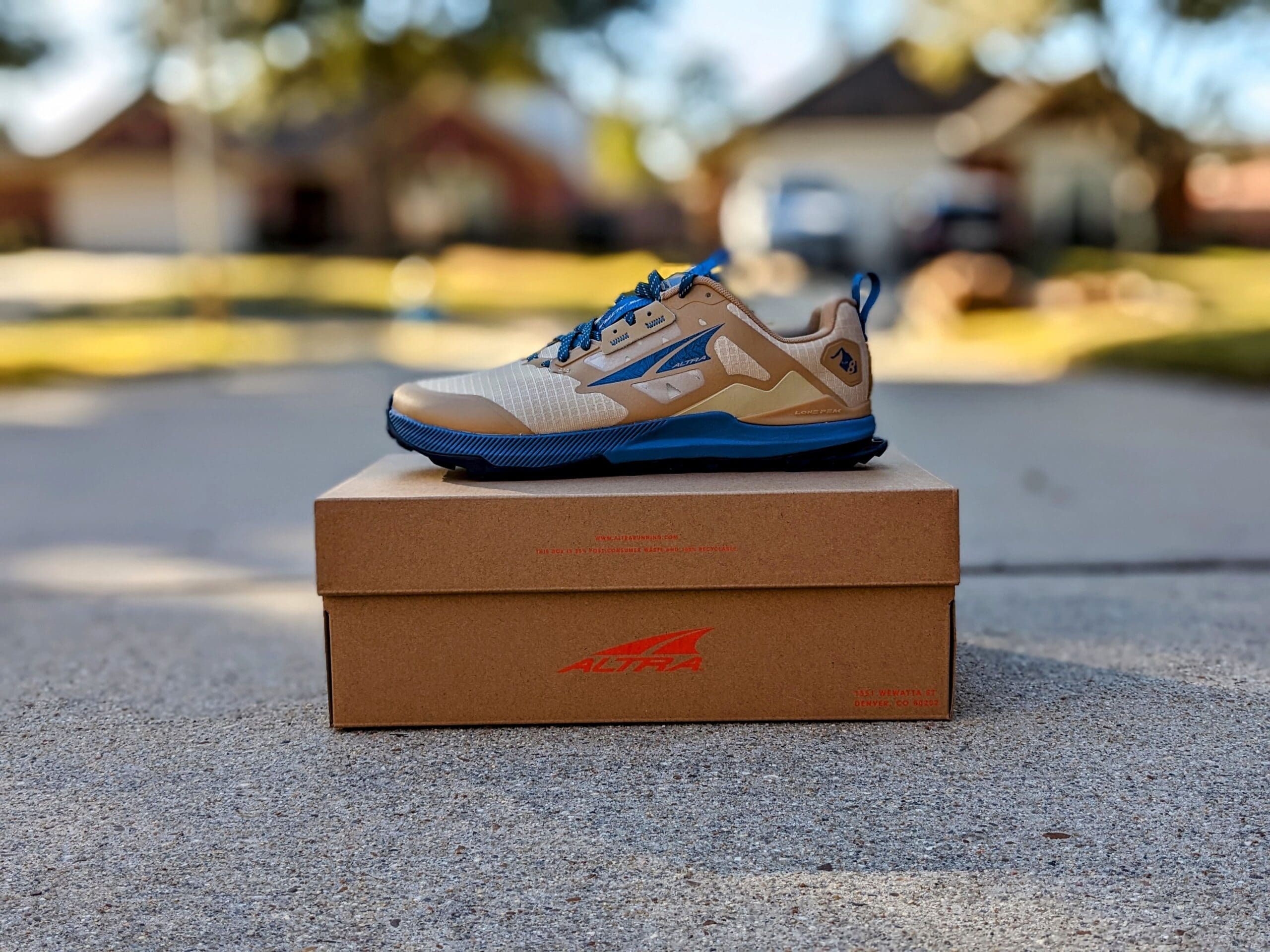
Altra Lone Peak
Cushioned but still nimble for those mid to long distance races
Here’s the big daddy of the bunch, in terms of size, that is.
If you’ve seen an Olympus in the wild, you likely turned your head and wondered what they’ve got hiding inside them. They’re just huge, putting many Hokas to shame.
The vast 33mm cushion underfoot makes the Olympus the highest stack height of the Altra lineup. But that doesn’t mean it’s super soft. The midsole is relatively firm for a high-cushion shoe, which means there is very little ground feel, and also why I would tend to avoid the shoe on technical terrain.
With a firm cushion comes a substantial rocker. By no means are we talking Hoka-type rockers, but when looking at a shoe with natural foot function roots, the toe roll-off is undoubtedly encouraged by the shoe. This firmness also creates a stiff shoe, and there’s little flexibility like you’d see in the Superior or the Lone Peak. But for a long day, that could work out great.

If stability is essential, the Olympus could be the Altra for you. Solid guide rails are built up around the heel and into the forefoot to stop your ankle rolling over the large base. And the outsole heel base is huge, sprawling out wider than the shoe itself. The Olympus could alleviate some issues for larger runners or runners suffering from gait issues to keep you running longer.
A lightweight, breathable upper is a welcome change from previous versions. As well as being lightweight, the upper is highly flexible to accommodate most foot types, but with these benefits comes drawbacks, I fear if you scrape up against any sharp rocks you could rip right through.
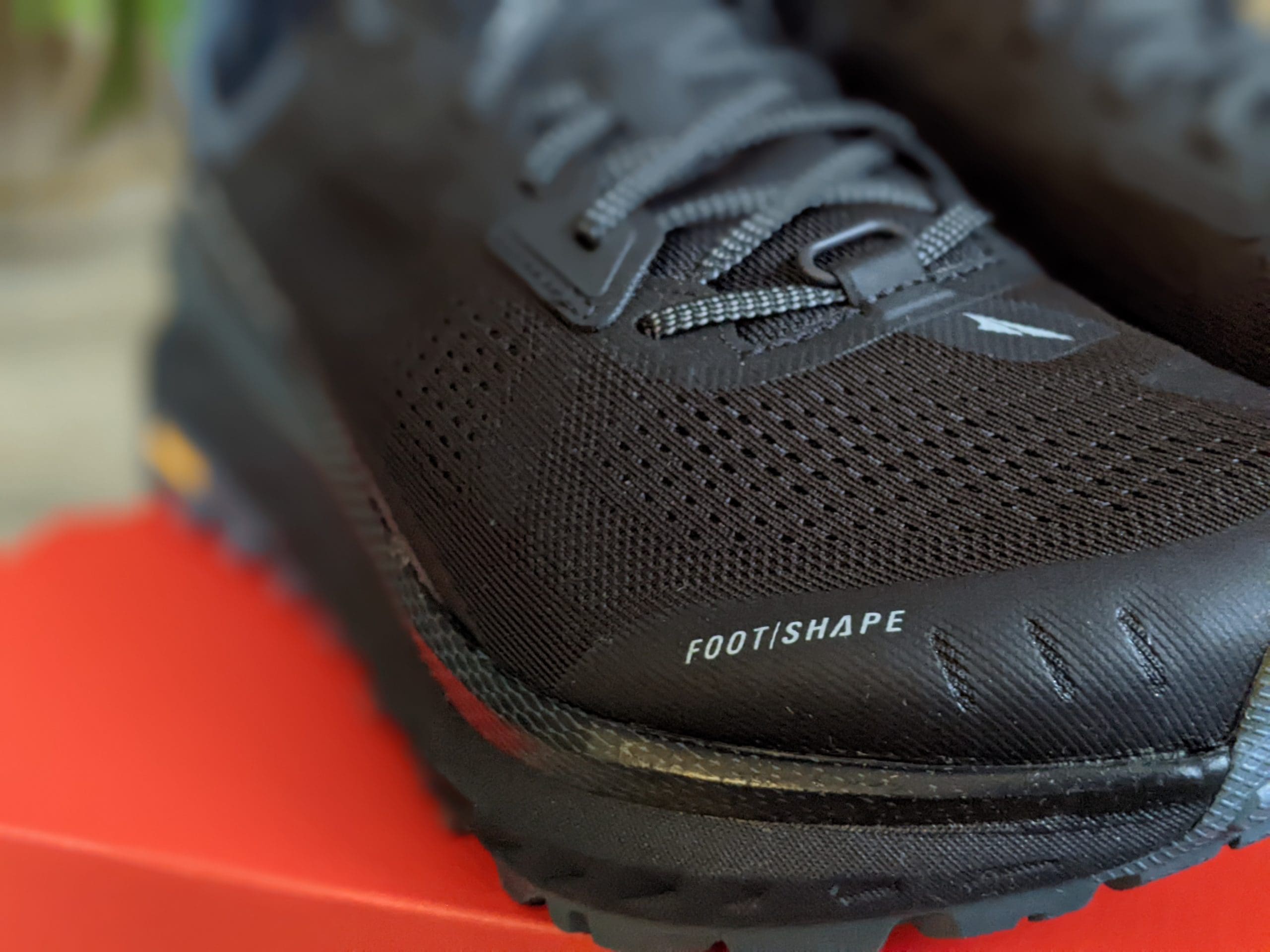
With stability being at front of mind, the heel counter is stiff, meaning a heel lock is hard to come by. At worst, blisters may ensue. I was forever playing with the lacing, balancing tightness across the upper foot and heel slippage. For many, coming from other shoe brands, a stiff heel counter will not be an issue as that’s common among traditional shoes.
Lastly, the standout feature of the shoe is the Vibram outsole. The high-quality rubber used is a perfect mix of soft and durable. While the grippy outsole is not as aggressive as the Altra Superior (keep reading for that one) or Lone Peak, it fits the wheelhouse of the Olympus. As long as you don’t hit much technical terrain, it’ll be great!
If you’re looking to transition into zero drop shoes from a high stacked Hoka, or traditional shoe, the Olympus could be a natural choice. Always ensure the fit is good before you drop your hard-earned cash on these shoes, but if they do work, you’ll likely get plenty of miles out of these bomb-proof beasts! Use these for your long, recovery, or even long-distance races.

Altra Olympus
Perfect for the long days on the smooth trails
The Altra Timp is the youngster of the trail lineup, but still, it’s found its way to version 4!
Sitting between the Lone Peak and the Olympus, it’s constantly bounced between these two extremes, sometimes satisfying Lone Peak wearers and other times fitting Olympus aficionados.
For me, the Timp 4 is the best transition shoe if it’s your first time going zero drop.
With a stack height of 29mm, it’s on the higher side, and true to the current lineup of Altra shoes, the cushion is not that soft. In a similar fashion to the Olympus, the firmer cushion and the inclusion of a forefoot rocker provides similar feelings to a traditional shoe or at least Hoka-esk shoes. My first impression after running in the Timp was confusion because it‘s not like a “real Altra shoe,” but I soon got over that, and it felt great on recovery runs.
The Timp shines in the durability department in a variety of ways. The upper is the best in the lineup, with multiple overlays in strategic places and highly durable plastic-like mesh covering the rest of the foot. The outsole will likely be the first to go, but the tread pattern is not too aggressive and holds a lot of surface area, so it’s likely to get a fair distance.

Finding that heel lock was not too hard to come by for me, but it’s not quite like the Lone Peak. In terms of heel counter stiffness, it sits right in between the Lone Peak and the Olympus again. This means it was possible to get a good heel lock, but it required a bit of tweaking and a good lace lock.
If you’re used to volume in the toes, the Timp may disappoint you a little. Altras are known for their wide foot shape, which often comes with a bit of volume. The feeling of being able to wiggle your toes is a breath of fresh air when compared to traditional shoes, but sadly, the Timp is lacking in this area.
My big toe was squashed hard into the top side of the wide toe box; an issue I’ve never encountered in any other Altra model. I don’t think it’s a problem for the shoe because the materials are tough, but that Altra feel is not there for me. If you’re coming from traditional shoes, it’s likely ok for you, but if you’ve tried Altra before, it could be worth trying a thinner insole to gain a few more mm’s in the toe box area.
Stability is encouraged in the Timp, but not forced like the Olympus. The heel platform is not wide by Altra standards, and there’s a little encouragement from guide rails down the edge of the shoe. If you’re looking for a stability shoe, move to the Olympus, but if you want to utilize the Timp as a recovery shoe, you’ll likely have good results.
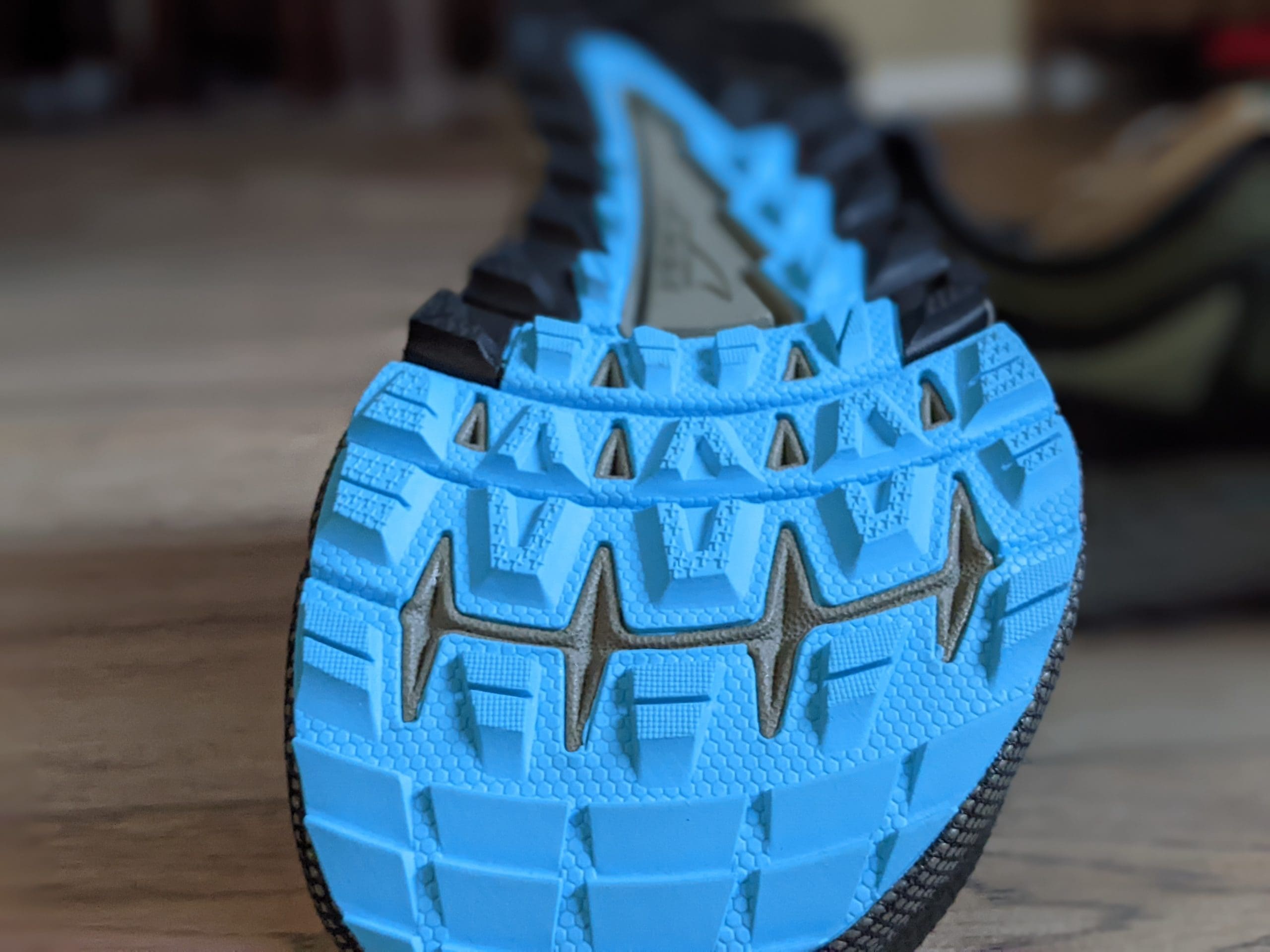
Another shout out to the laces for Altra! We see the same flat, moderately stretchy, grippy laces used on the Timp as we did with the Lone Peak. Again I never had any issues with slippage, and I had no reason to readjust during my run.
Whether you’re looking at your first Altra shoe or you want a recovery shoe to compliment your Lone Peaks, I think you’ll do well with the Timp. Just make sure you’re willing to put up with less volume in the toes, or try and swap the insole out for a thinner option.
The Timp may be the only Altra that’ll work for you if you have narrow feet, but always try before buying! If the Altra Torin is your road shoe choice, the Timp will likely be your best choice on the trail side.

Altra Timp
Bridging the gap between Hoka’s and Altra’s
As close to barefoot as you’re going to get with Altra. And little has changed since its first inception.
The Altra Superior is a flat, nimble, comfortable shell for your foot with minimal cushioning. If you’re happy relying on your legs to resist the impact of running, the Superior can offer just enough cushion to keep you moving fast through rough terrain.
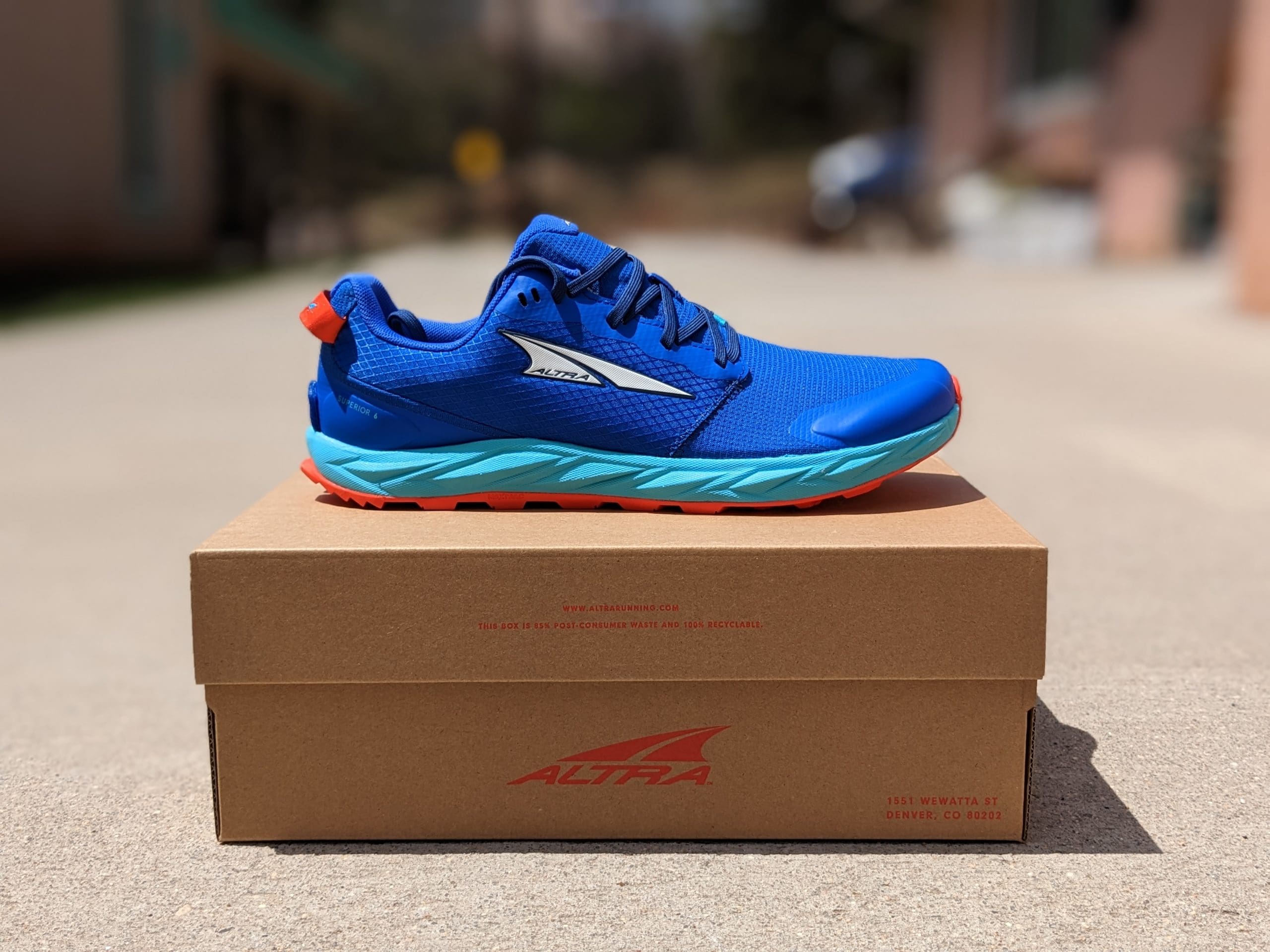
The stand-out feature of the Superior is that it lacks features seen in other Altra shoes. The midsole is reduced to 21mm, the upper is lighter weight than its siblings, and there’s no stability.
Oddly, the midsole feels like the softest in the Altra range, but it’s only 21mm, and you get a very responsive ride. That responsive ride will have you dancing through rough and rocky terrain like a ballerina. The tactile feedback helps you adjust when running on uneven terrain with a ton of ground feel. But with ground feel comes drawbacks. Sometimes those rocks can be sharp, and sometimes you’ll get a little shock that you may have to get used to.
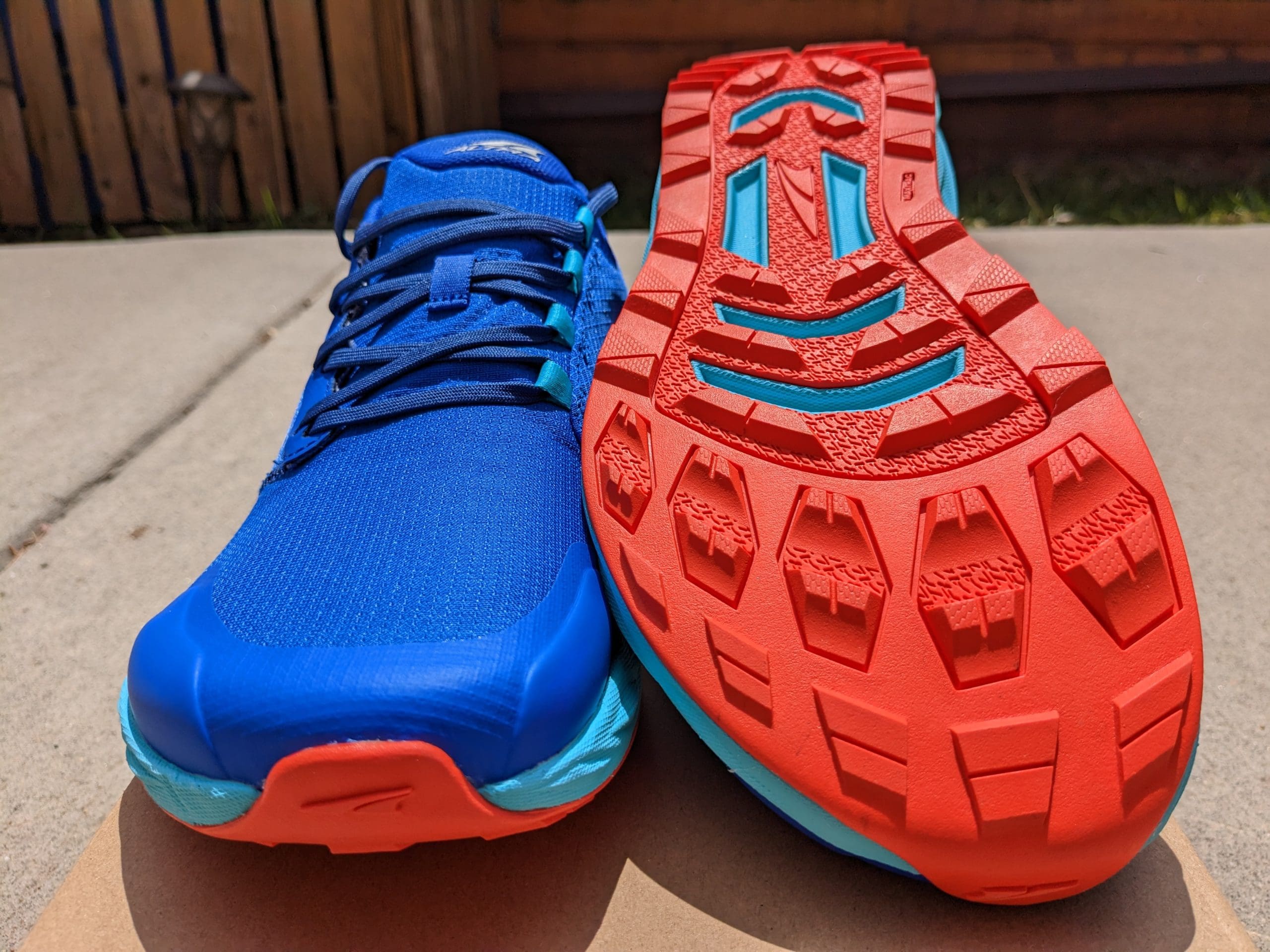
The upper material is thin and fragile, but the solid overlays protect you where needed. Suppose you catch a sharp rock directly on top of your toes. You’ll likely rip through the upper material because it’s soft and flexible fabric. But you’d be very unlucky to do that. It’s much more likely that you’d kick a rock or scrap a branch down the side of the shoe, and there are heavy overlays to protect you from such attacks.
The burrito-style tongue may look weird, but it works well. Have you ever been frustrated with tongues slipping around? Well, Altra has got around that by attaching one side completely! And the other side is even semi-attached with a gusset, so you’re unlikely to have issues with rocks in the shoe.
True to most Altra trail shoes, the heel lock is fabulous, likely because the heel counter is minimal to nonexistent. And even though the lacing looks a little strange with material loops on one side and eyelets on the other, the upper eyelets still offer the option of a lace lock, keeping that heel firmly in place.
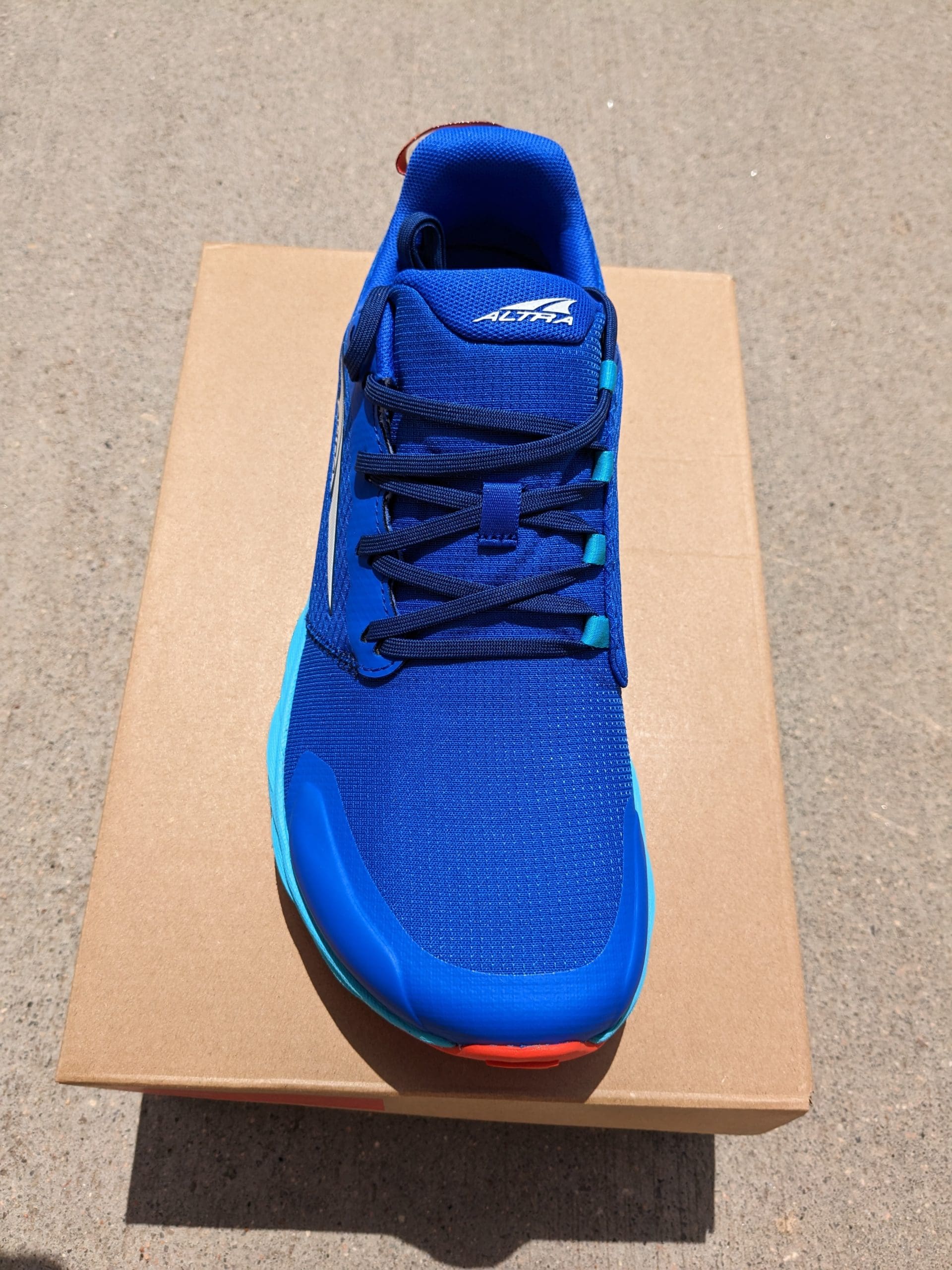
The outsole is good but not outstanding. When comparing against the durability of the Olympus and the great pattern on the Lone Peak, you can’t help but feel a little disappointed. But those shoes aside, the outsole on the Superior is still decent. The MaxTrac rubber has held up well to +300km of abuse, and the level of grip is good enough. Considering the Superior is not trying to win the award of the best grip on the trail running scene, I’m happy with where it’s at.
Again, it’s wide, but there are volume issues again. Yes, you can spread your toes out, and the upper is very forgiving to oddly shaped feet, but strangely, I found my toenails pressed on the top of the shoe. This is less of an issue in the Superior because the material is forgiving, but it could mean you’ll eventually rip through it. In the end, I swapped out the insole for a thin Inov8 pair, and that solved the issue. But it’s worth bearing in mind.
The Altra Superior is a shoe that attempts to bridge the gap between cushioned shoes and that barefoot feeling. If you’re looking for a highly; responsive ride, and want to work on your foot, ankle, and calf strength, then the Superior is for you. The good news is it’s the cheapest in the lineup, and it’ll still blast through a decent amount of miles. If you’re looking for the perfect trail match to the Altra Escalante, the Superior is the right choice.

Altra Superior
Light, agile, and unobtrusive short distance race shoe
So, how do you know if a shoe will work with your running form?
Typically, you’d have to go to a running shoe store, try them on a treadmill, and then make a quick 2 minutes decision.
You don’t have to do that anymore.
I’ve used research-grade sensors to assess how each shoe affects the running gait. From the data, you can make some simple conclusions to help you figure out if a shoe is right for you.
This may get a bit technical but stick with me.
Stack Height – How it can affect your joints
Because the Altra lineup has a range of stack heights (amount of cushion), it’s logical to start by analyzing how that changes the way you run.
More cushion means a softer landing, doesn’t it?
It’s not that simple. And I’ve now got the data to prove it.
| Shoe | Altra Superior | Altra Lone Peak | Altra Timp | Altra Olympus |
| Peak Force (multiple of body weight) | 2.85 | 2.9 | 3.05 | 3.15 |
The numbers above express the maximum force exerted in multiples of my body weight. When running in an Altra Superior, the force that I am hitting the ground with is 2.85 times my body weight.
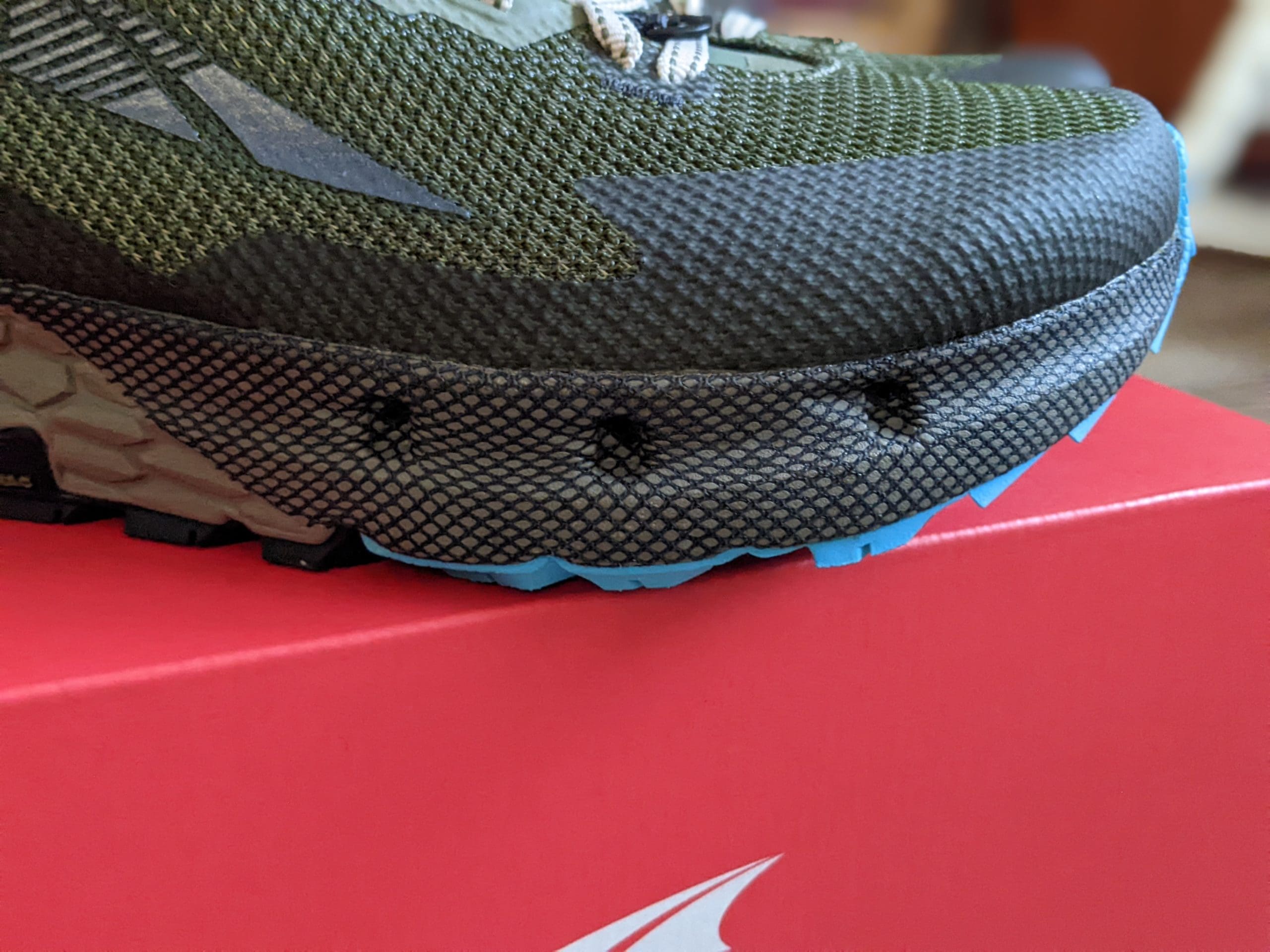
Ground impact forces of bigger stack heights
Jumping to the Olympus, you’ll see that I’m hitting the ground with a force of 3.15 times my body weight!
In fact, with each jump in stack height, the peak force increases.
That seems counterintuitive, right? You’d expect the cushion to absorb the impact, and it may, but that’s not what this number conveys; all it tells us is the higher the cushion, the heavier you land.
But why would you land heavier in a cushioned shoe?
Many believe it’s because of the lack of sensory feedback. If you landed heavy with bare feet, it would just plain hurt, so you’d make adjustments to soften your landing. So the less sensory feedback you have, the more heavily you’ll land (to a point).
Why do lower stack heights create less ground reaction force?
Hypothetically imagine you’re running barefoot again.
To soften the blow of each stride, you’ll utilize micro-movements throughout your whole body, but mainly in the lower leg. Your feet will splay and stabilize, your ankle will stiffen, and your calf will engage.
On the other hand, when you insert cushion underfoot, the lack of sensory feedback means you’re likely extending your foot out and landing on your heel, and landing hard. If you land on your heel, your foot, ankle, and calf will not engage in the same way, and the impact of the ground will travel through the shoe and straight up the leg.

Which stack height is right for you?
Neither forefoot, nor heel striking is particularly wrong, but they both have drawbacks.
If you’ve never run in thinner, minimal cushion shoes, your lower legs and feet are likely weak. Moving straight into lightly cushioned shoes would be very tough for you and may even cause injury due to overuse.
And the opposite is true for heavily cushioned shoes. Your knees and hips are likely not used to the impact and have to adapt to the load slowly.
So the best advice is to stick close to your current shoe choice. And when moving between different styles, do so gradually.
If you’re running in Hokas or maximal/structure shoes, edge towards Altra Timps, or Olympus.
If you’re running in running flats or minimally structured shoes, try the Altra Superior or Lone Peaks.
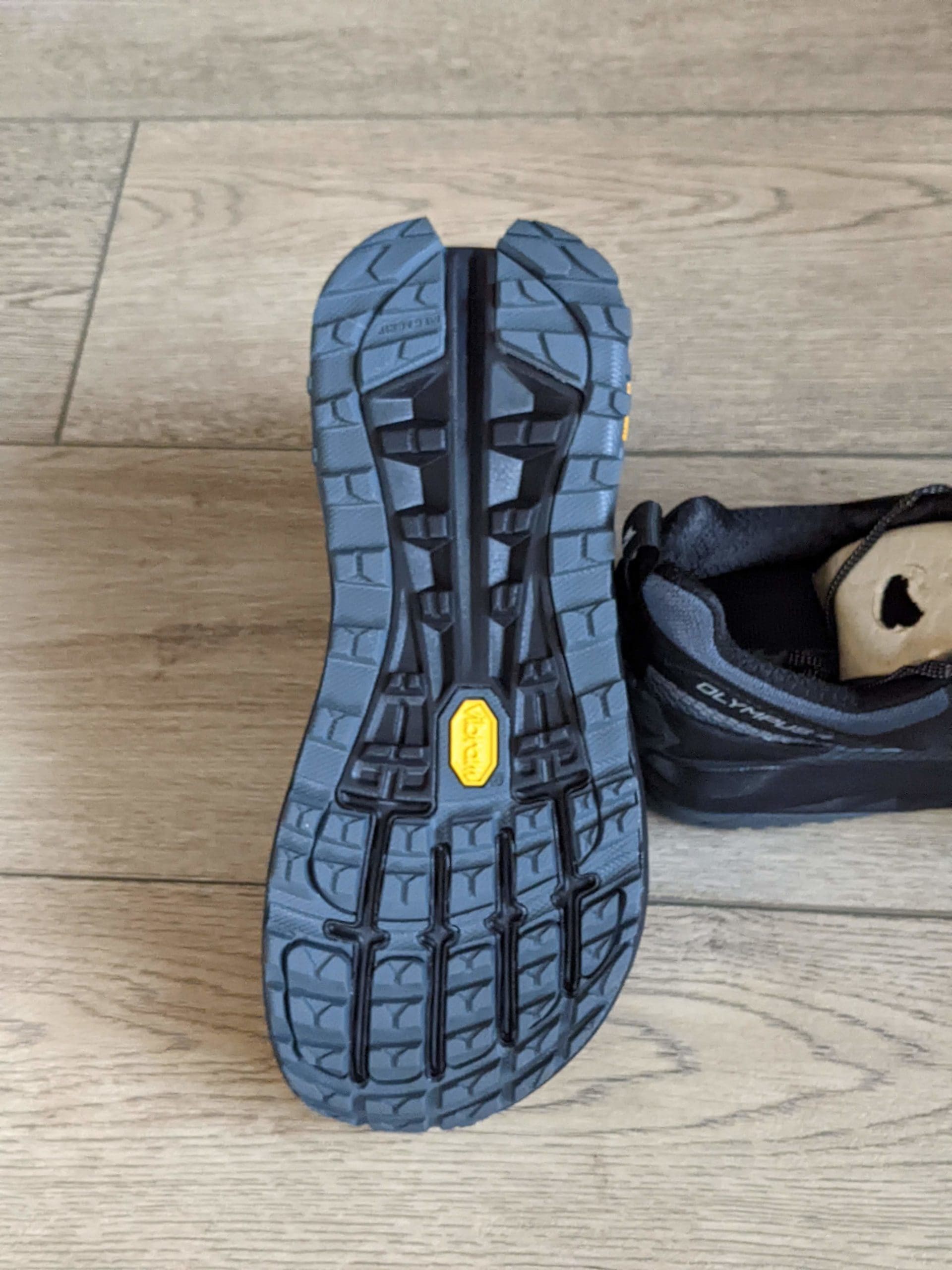
Foot Strike – How does each foot land?
The first thing to note is that I am a heavy forefoot runner. So the data coming from me will be heavily weighted toward forefoot landing. But we can still look at trends.
| Shoe | Altra Superior | Altra Lone Peak | Altra Timp | Altra Olympus |
| Foot Landing (0-16 where 16 is on the toes) | 15.8 | 15.3 | 14.9 | 14.8 |
| Pronation Angle | -16.5 | -15.0 | -14.2 | -15.8 |
The more minimal the shoe gets, the further towards a forefoot strike I got. This means more cushioning did encourage me to heel strike more.
Even with these numbers, I’m still not heel striking, but if you’re looking to change your footstrike to a mid/forefoot dominance, you should look at training in more minimal shoes like the Superior.
If you’re like me and already forefoot heavy in your footstrike, there seems to be little harm in going for an Olympus as the change was not drastic.
Where things did change was the rate at which my ankles rolled.
The Altra Superior saw the most pronation of all the shoes, which is to be expected because it’s the least structured shoe out of the range. The Timp had a positive effect on reducing excessive rolling for my stride.
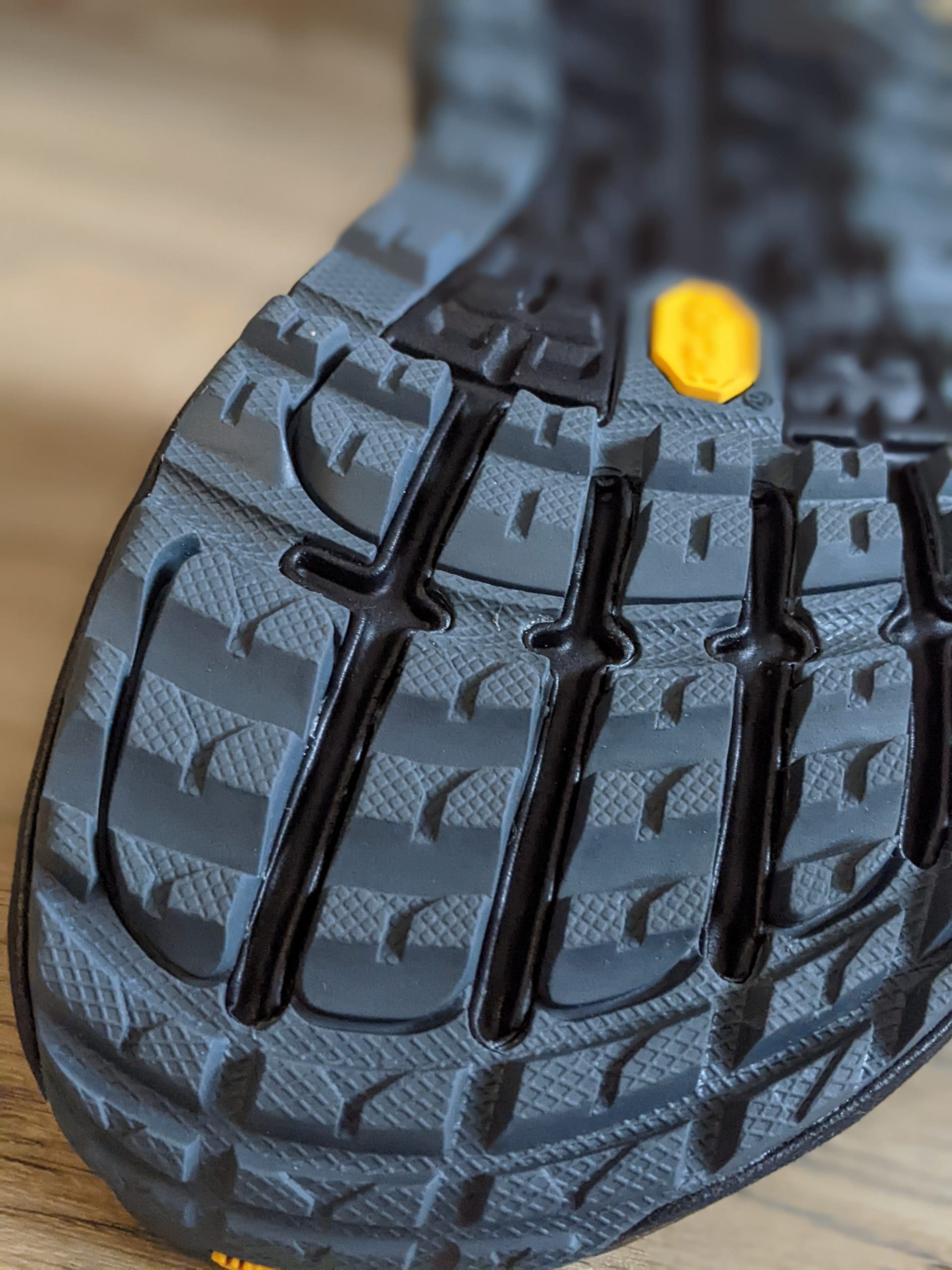
But the anomaly comes with the Olympus. Being a heavily structured shoe, you’d expect a correction to reduce pronation, but that didn’t hold true. My foot rolled inwards even more than it did with the Timps or Lone Peaks!
From that data, I’d have to advise people who tend to pronate a lot to avoid the Olympus, but because this data is only for MY foot strike and stride, I think it’d be wise to try them yourself. But keep in mind, just because they’re heavily structured, doesn’t mean they’ll be the fix you’re looking for.
Instead, work on foot and ankle strength and trust your body to do the work!
Stride Pattern
| Shoe | Altra Superior | Altra Lone Peak 6 | Altra Timp | Altra Olympus |
| Pace | 9:00min/mile | 9:13min/mile | 8:58min/mile | 8:54min/mile |
| Step-Rate | 170s/min | 168s/min | 170s/min | 169s/min |
| Stride Length | 210cm | 207cm | 210cm | 213cm |
| Foot Contact Time | 294ms | 295ms | 285ms | 282ms |
Steps per minute between each shoe didn’t change all that much. But the length of each step did.
In the Olympus, I seemed to travel 6cm (2.3inchs) per step further, which can add up to a significant pace increase over time. In the Olympus, I was faster, even though I was trying to keep a pretty even pace.
The extra pace came from a longer stride rather than a quicker turner over (step-rate), which could only ever happen if I was moving towards heel striking more, which, as we’ve seen, I was.
Shortening your stride can often make your running gait more efficient, which should point you towards a more minimal shoe, but if you’re not accustomed to minimal shoes, just remember to go slow, and be mindful of your gait.
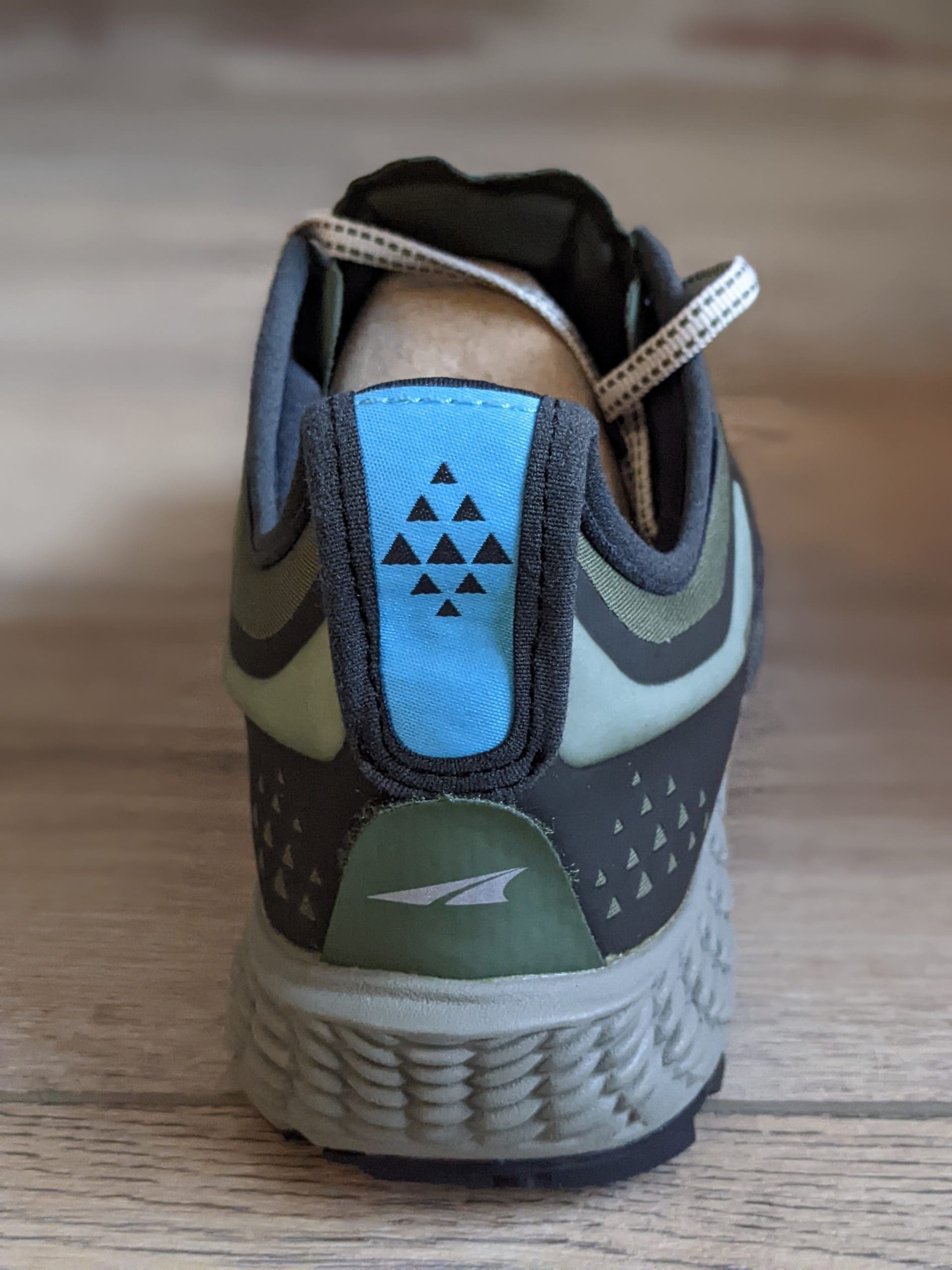
I feel that’s where the Timp starts to shine. You can pick up the speed without changing your stride pattern and lessening your potential for damage from overstriding as seen with the Olympus.
The decision on stride pattern comes down to efficiency vs. speed. With a thicker sole, you tend to overstride more (think of the new super shoes from Nike), leading to greater speed, but at the potential cost of higher stress. One reason why the shoe needs to have a heavier structure.
That being said, the large stride over time could lead to great fatigue, as the Olympus is the heaviest shoe in the range.
Generally, if you’re looking for speed, Altras aren’t the a go-to running shoe, but if I were to be pushed for a decision, I suggest going middle of the road with the Lone Peak or Timp. And choose the feel you prefer.

Finding the right shoe is never an easy task, and there are trade-offs you have to make no matter what shoe you choose.
Generally, with the Altra trail range, it comes down to the feel you desire and the ride you expect.
If you want minimal and a “barefoot-like” feel, you have to stick with the Superior or Lone Peak, but knowing that your lower legs will have to work hard if you’re first transitioning to such shoes.
If you’re looking for an easy transition from traditional shoes or brands like Hoka or Salomon, stick with the Altra Timp or Olympus. You may not get maximum toe space in these two, but you’re much less likely to injure yourself if you’ve never run in Zero-Drop.
If you’re looking for your first pair of Altras, the Timp is likely the way to go unless you’re dead set on full shoe flexibility and ground feel. Either way, they are all great shoes, and each has its place in your shoe lineup!
If a second pair is within your budget, pairing either the Superior or the Lone Peak with the Timp or Olympus can help diversify your shoe selection, giving you choices for your longest runs or short, sharp, technical trail runs.


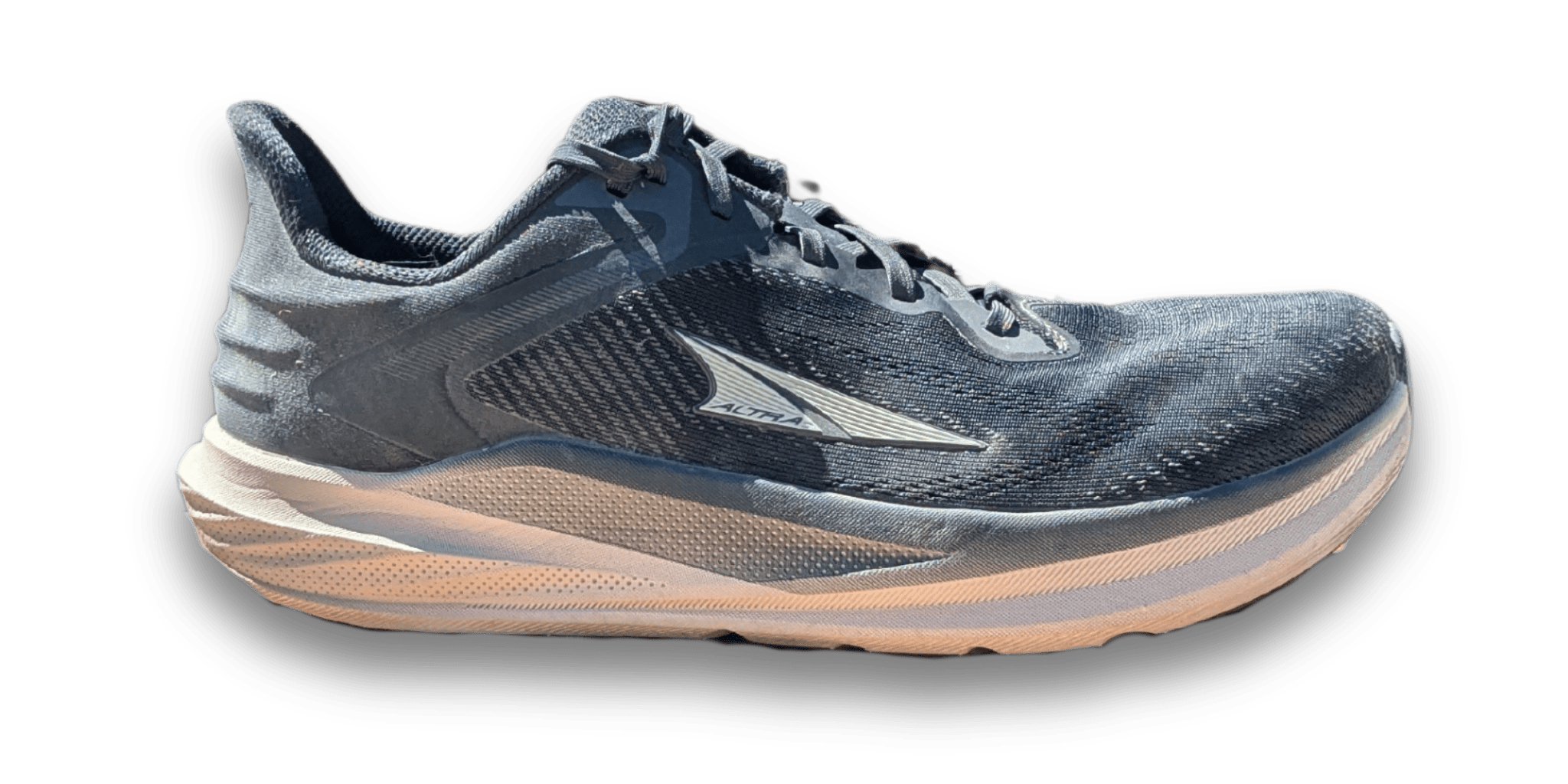
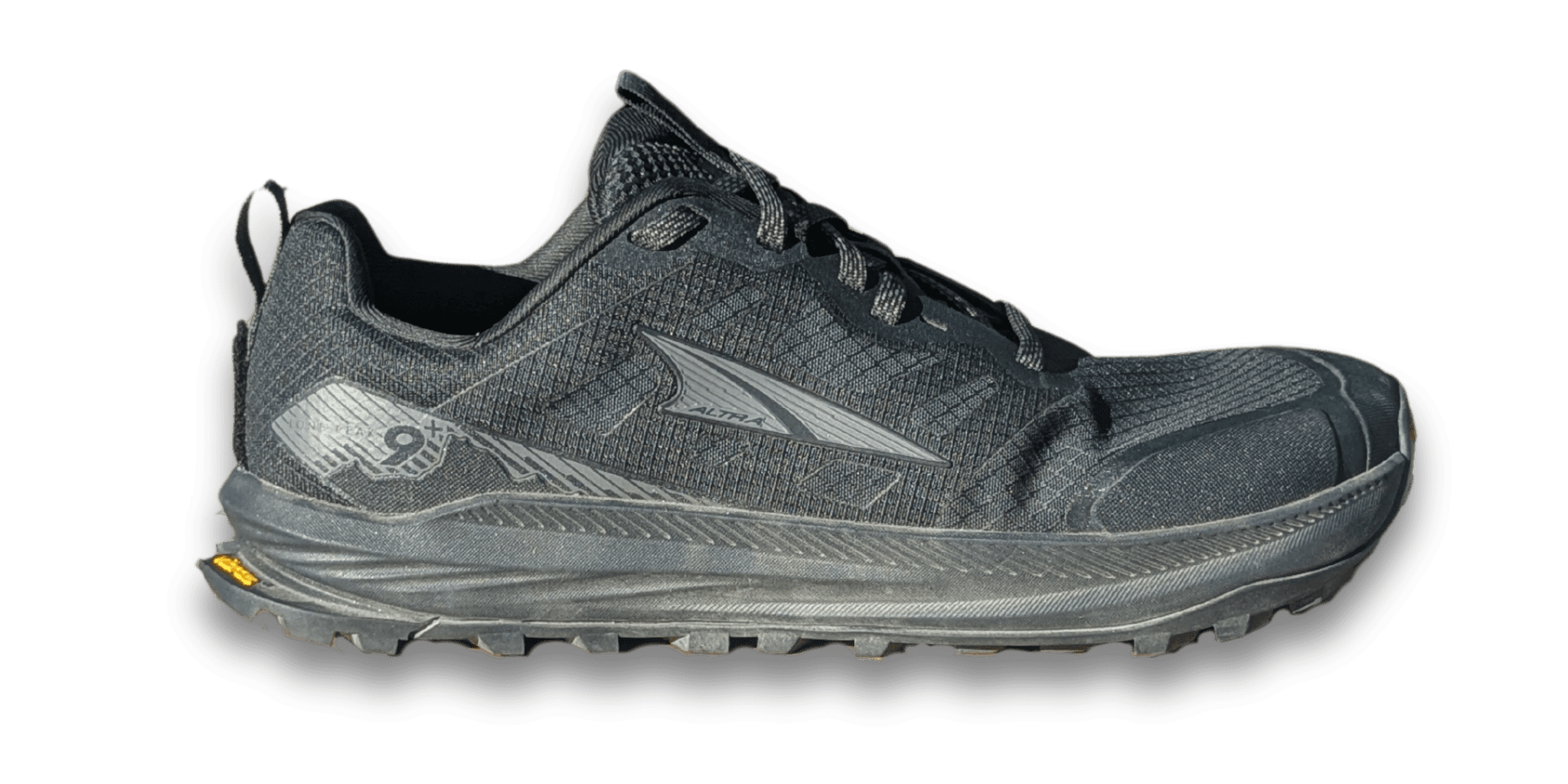



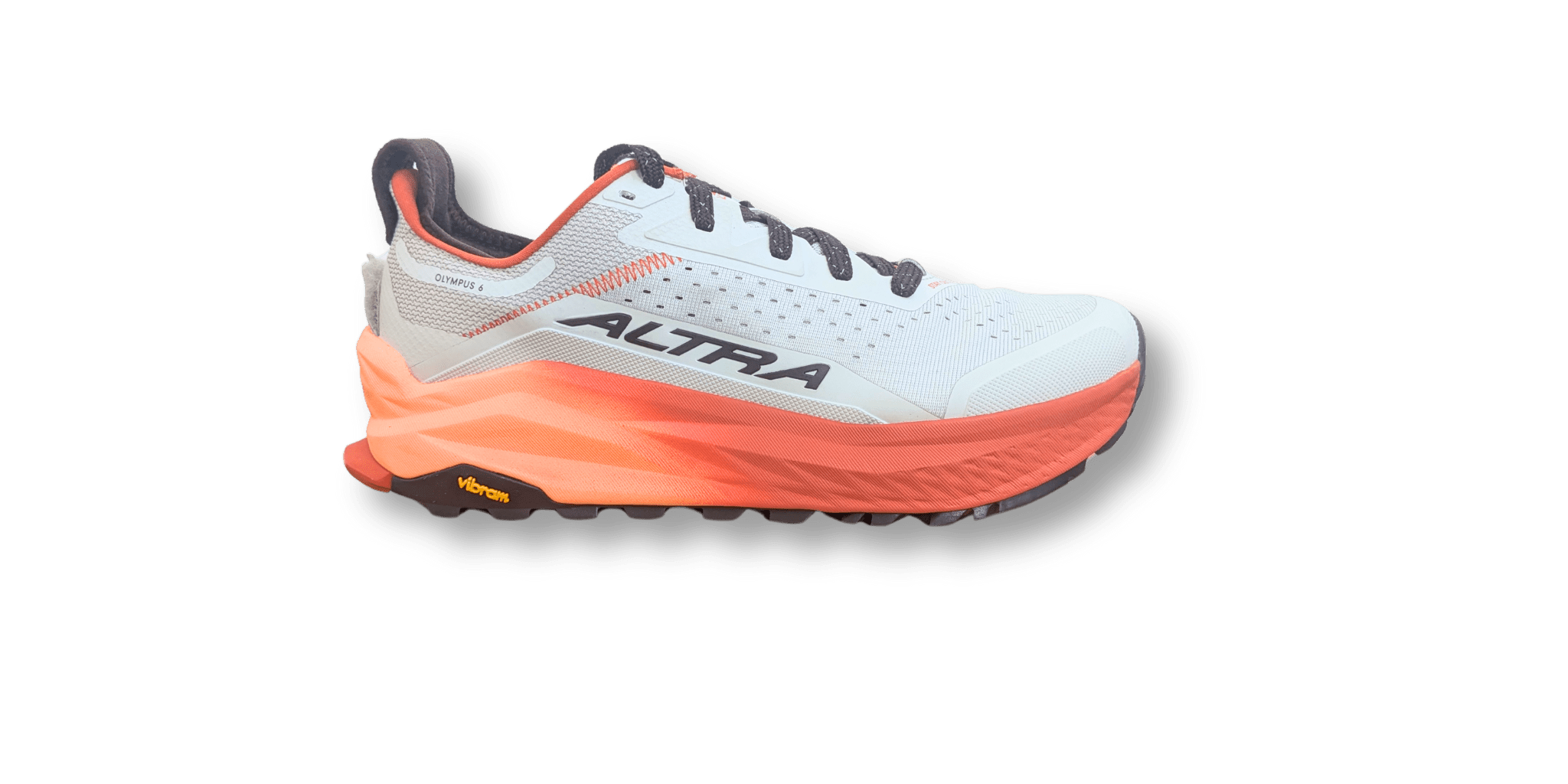
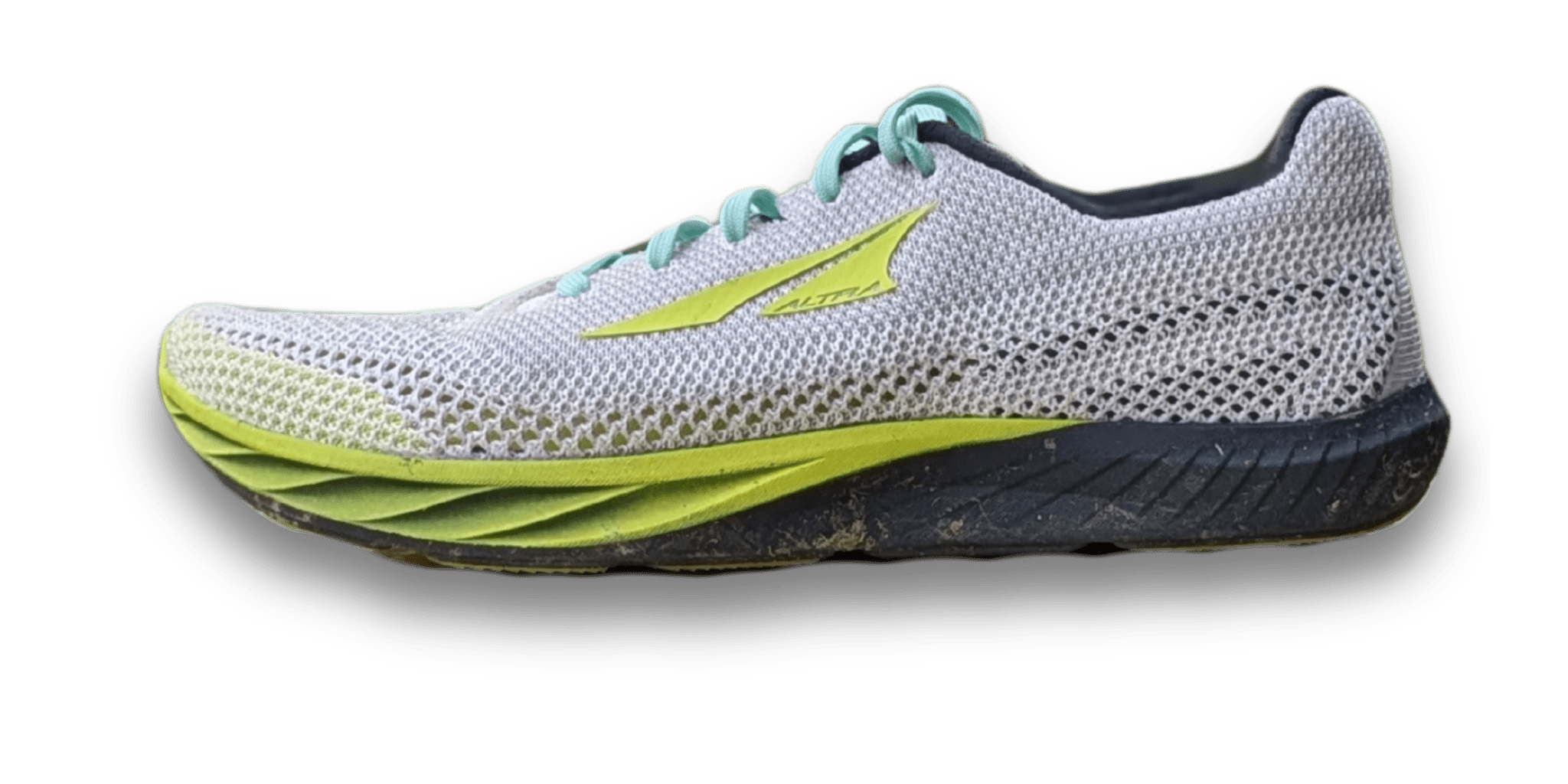
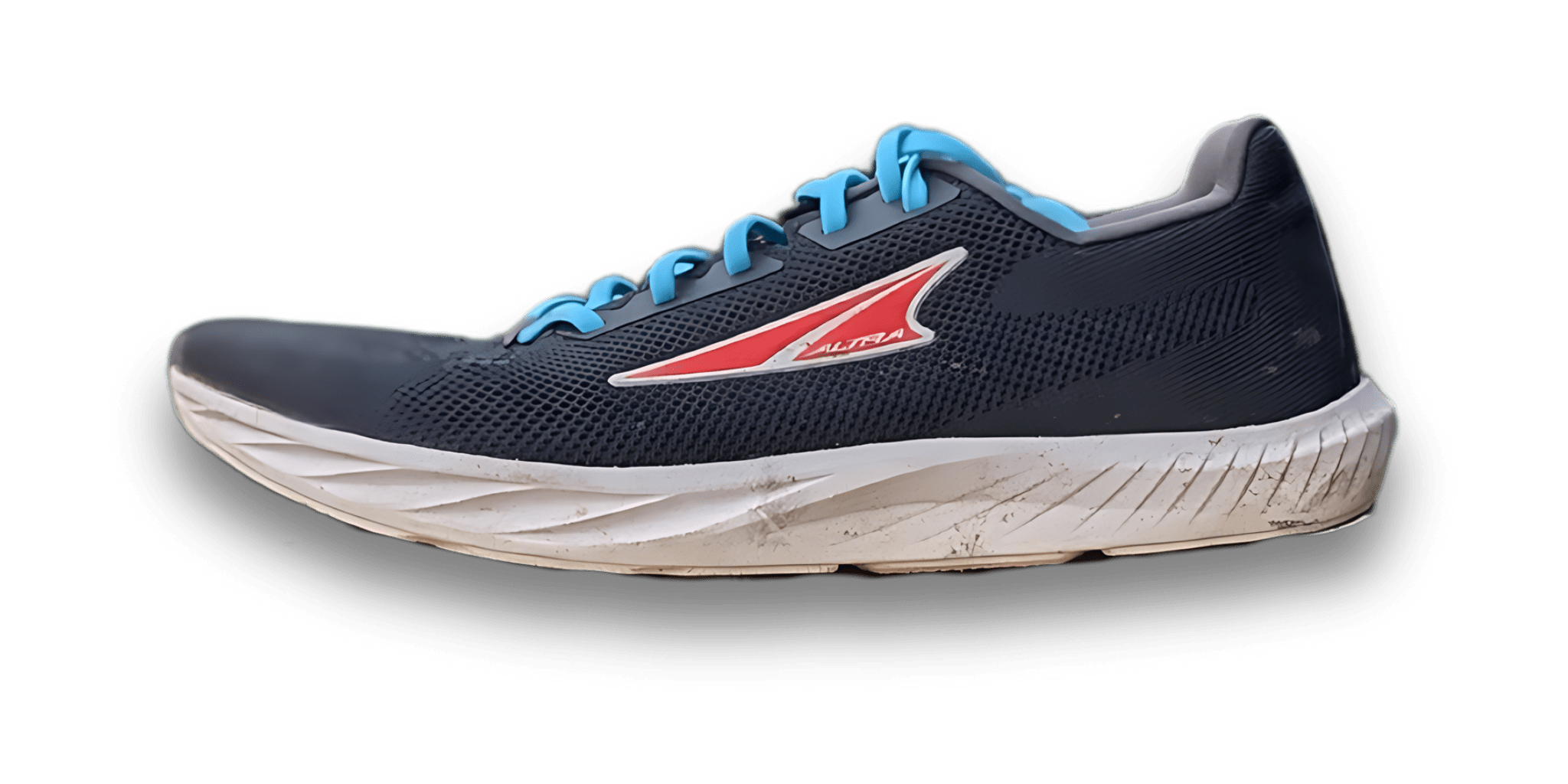
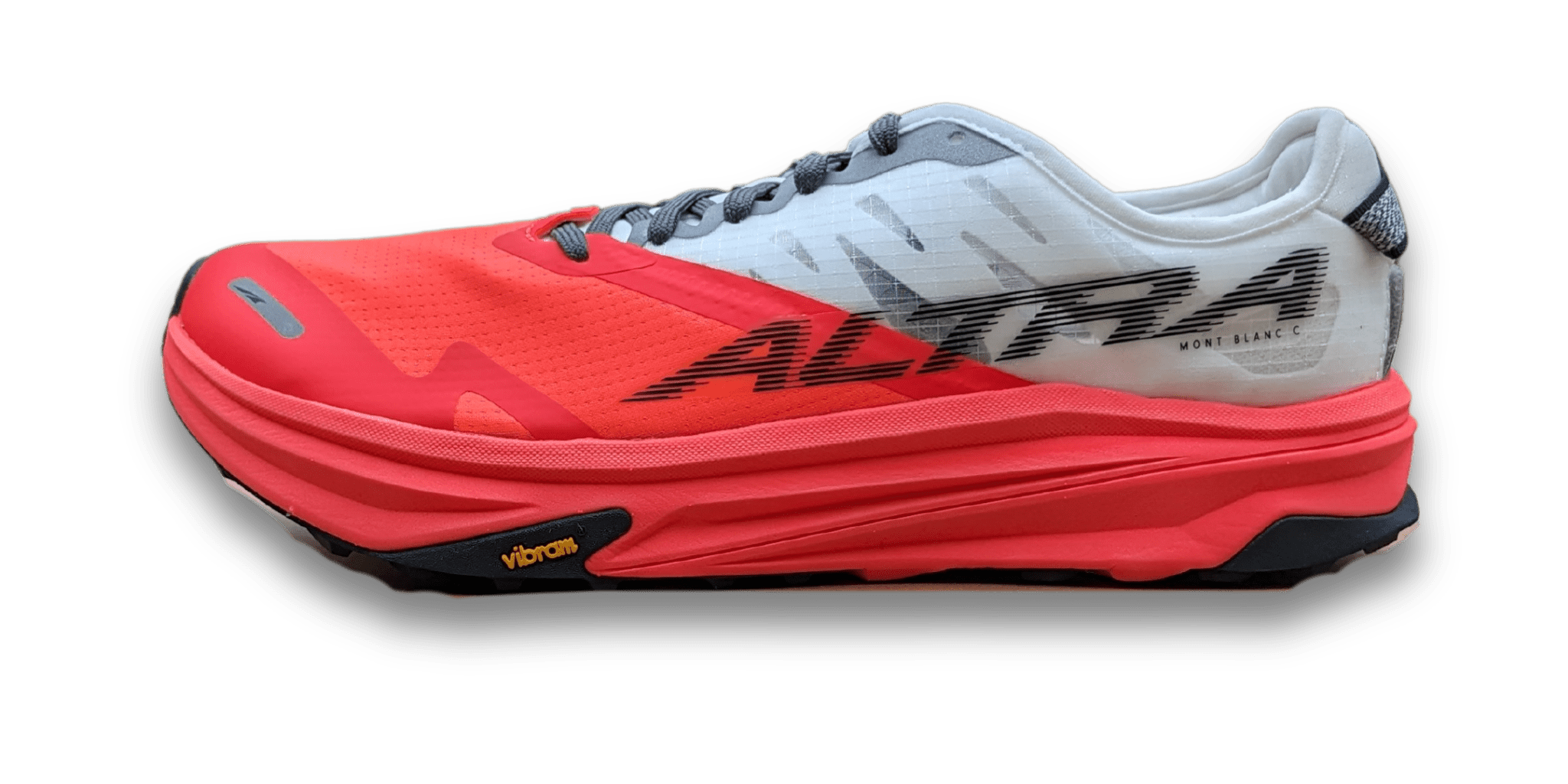

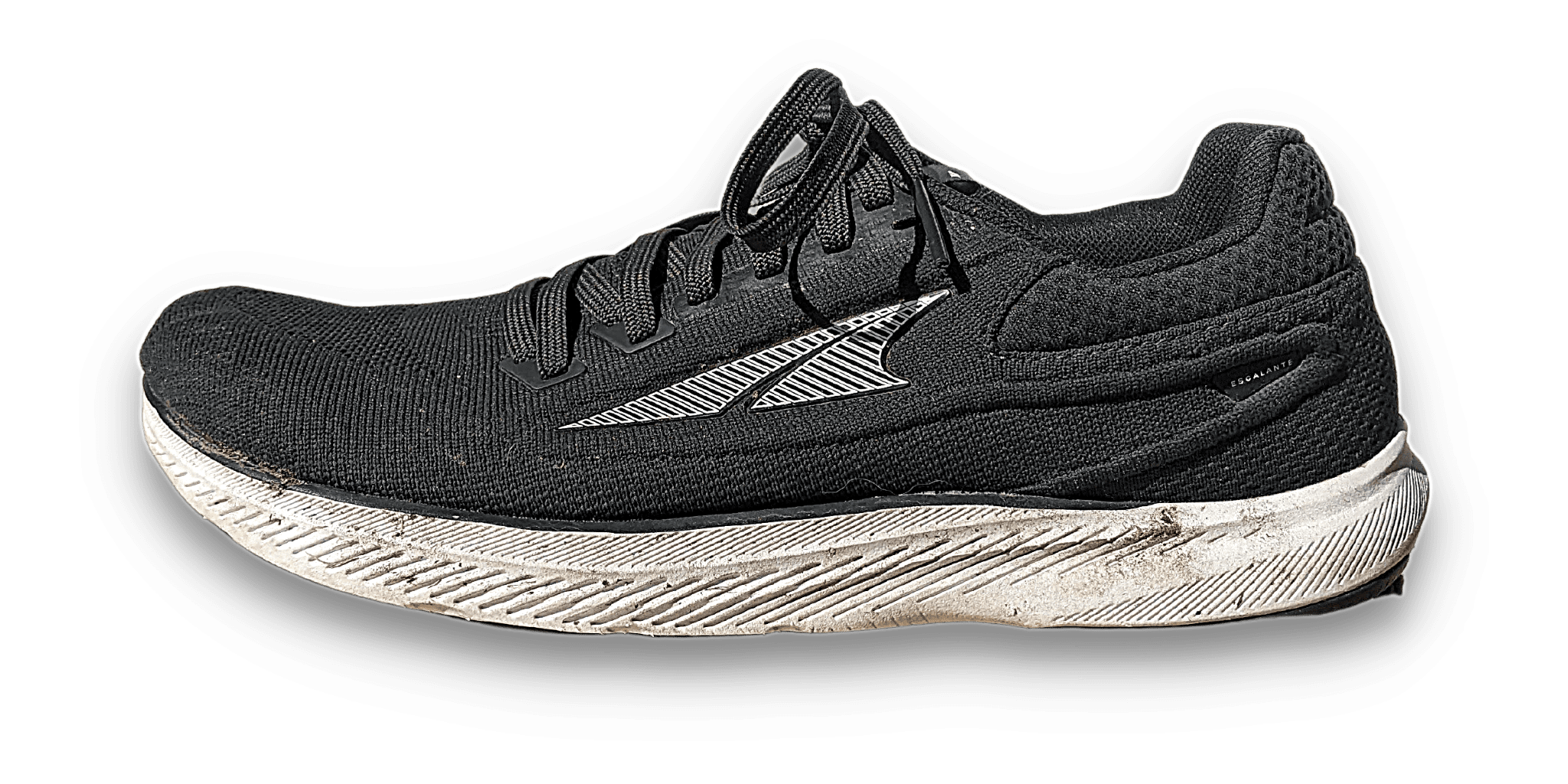
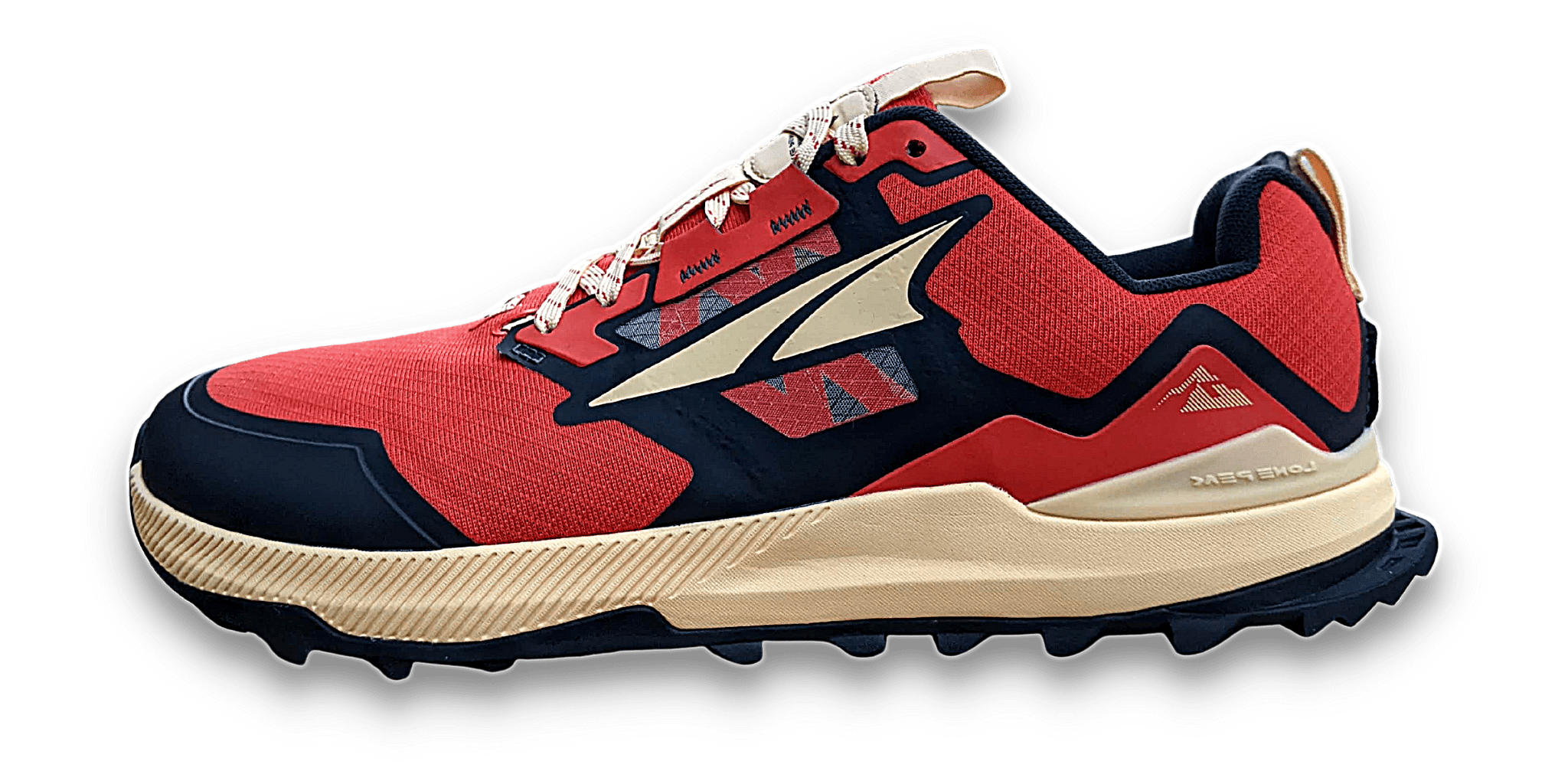




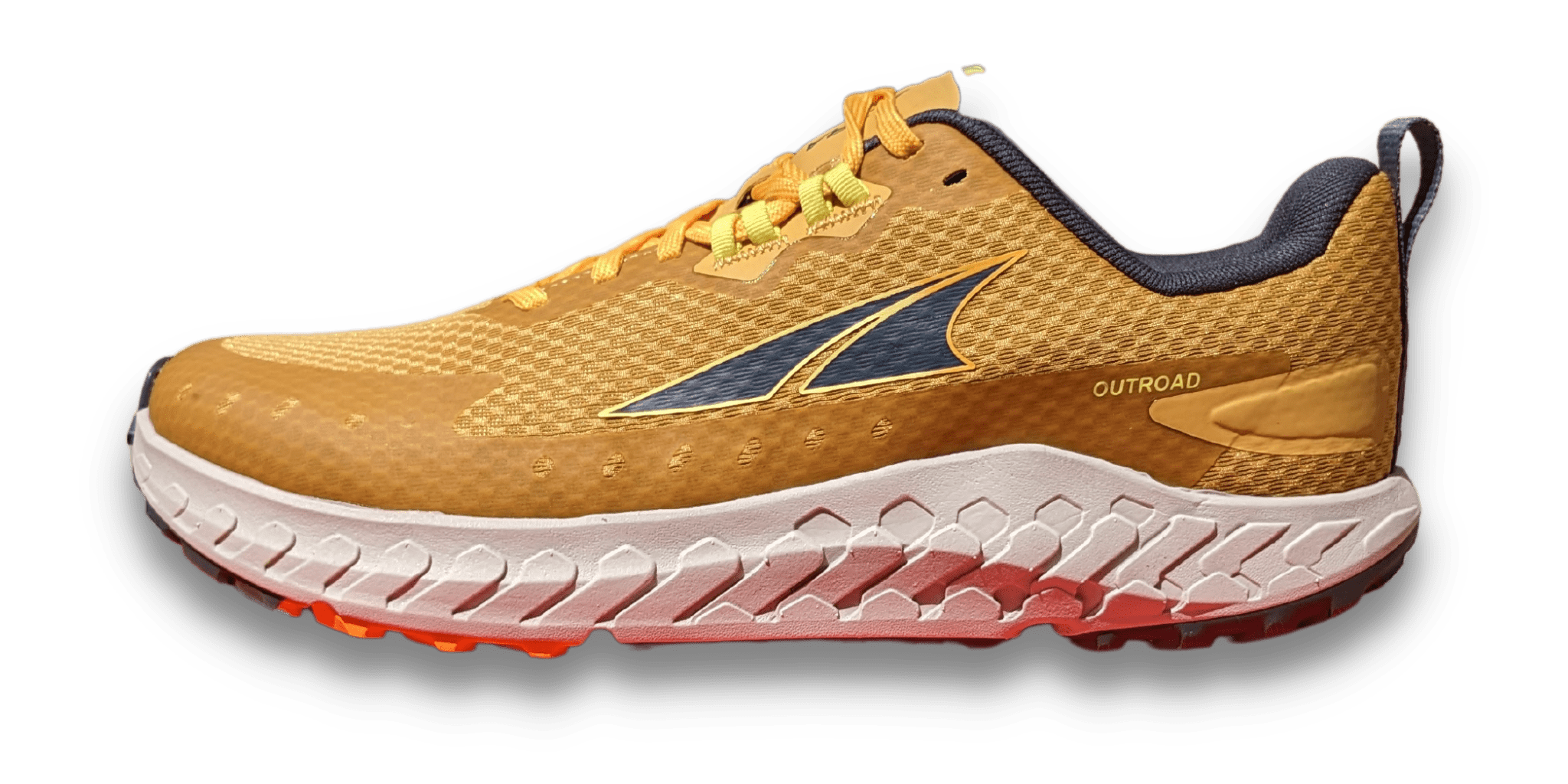
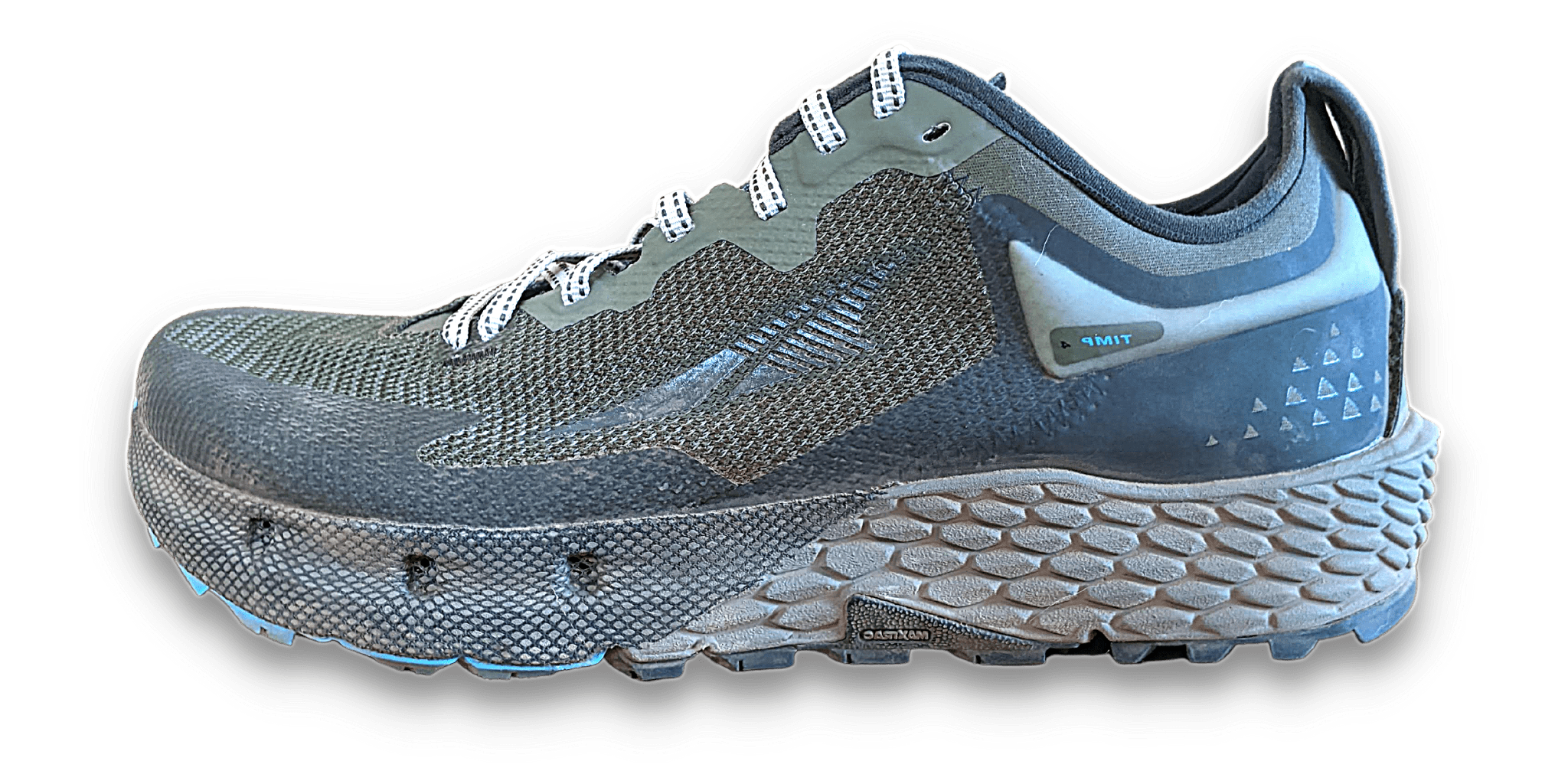
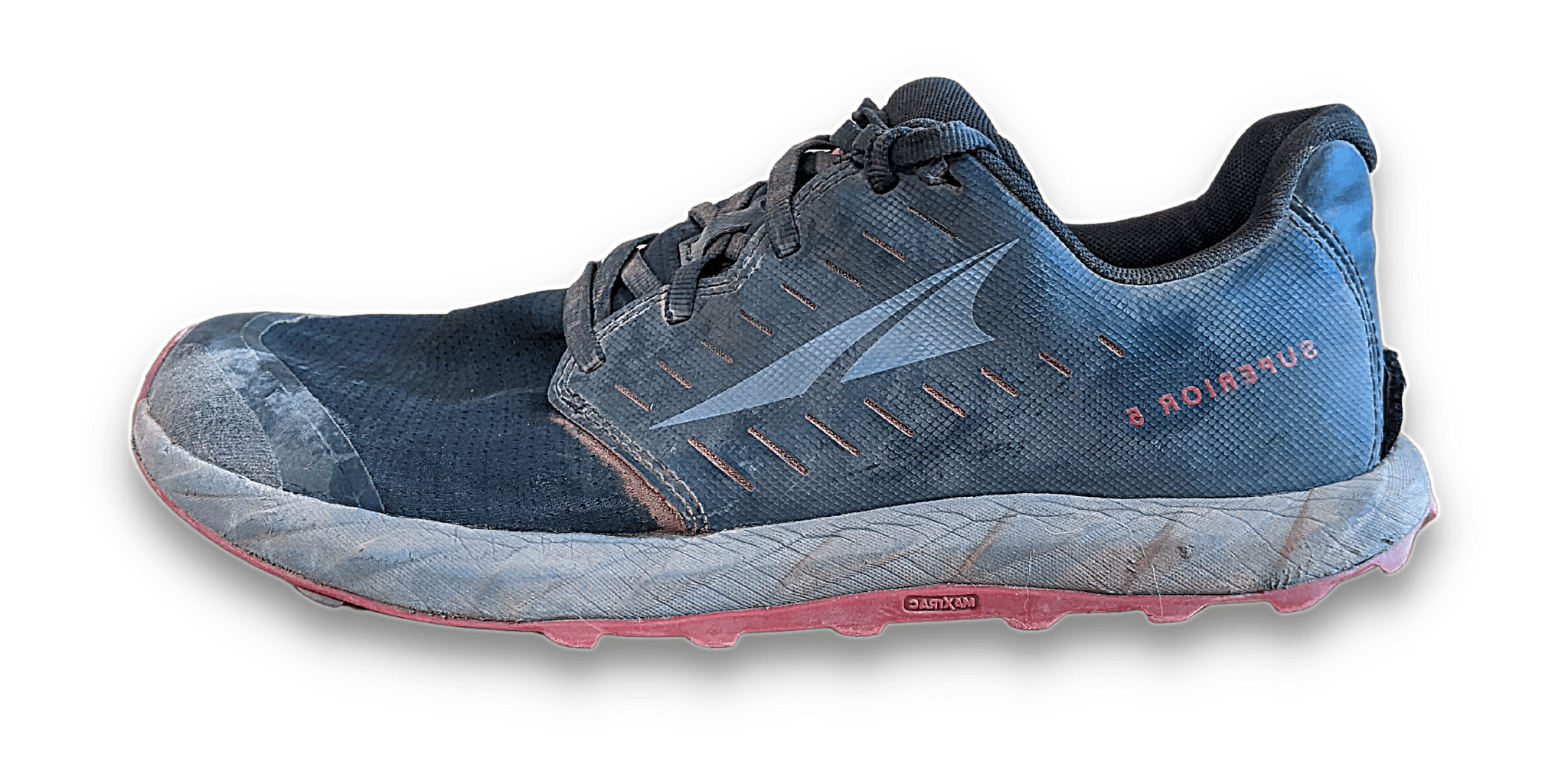
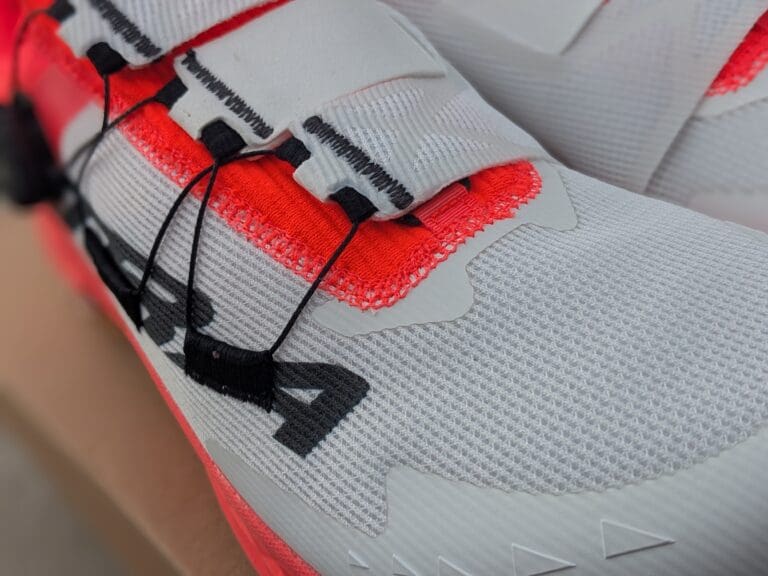
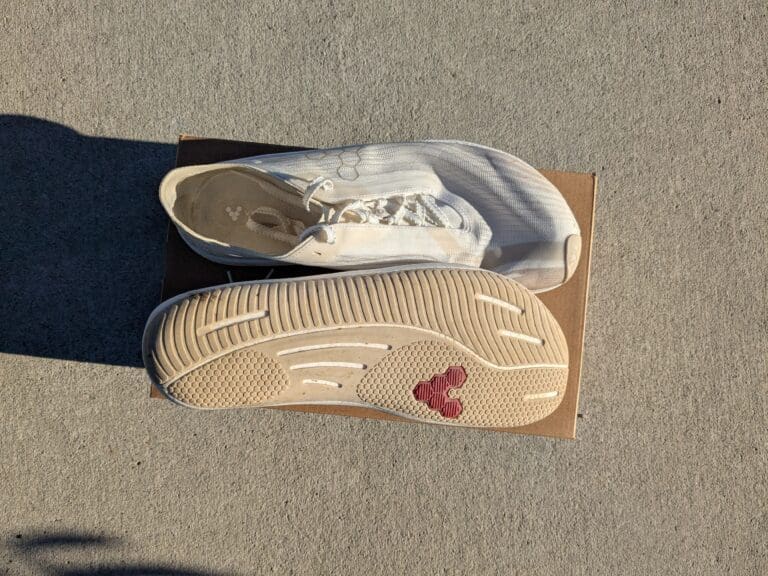

Thank you!
Hi, great comparison review. Which size do you wear in each of the models? is it the same or does it vary from model to model? Thanks
I went true to size in every model, and that’s about right for me.
In the new Lone Peak 7, if I were to buy again, I would opt for the wide option, and I’ve found them more restricting in the midfoot.
But that’s it! Altra has been fairly good with their sizing recently.
I am not shoe expert at all. It seems like the review is focused on running vs hiking. Currently through hiking the Appalachian Trail in Altras lone peak (7?)
Never did zero drop. Took time to get used to that. My only fuss is the cushion is too soft and my heels were too sore until I added a firmer insole. Still too soft.
That makes sense. Possibly you’re carrying a lot of gear, so there’s a lot of weight going through the midsole? The Olympus would help in this case, it’s firmer and more structured, and whereas I’d normally push people toward the more flexible end of the Altra lineup, it depends on your pack weight.
I got around this by doing the Colorado Trail in minimal Xero Shoes. 🙂 But I wouldn’t suggest that without prior training.
Oh wow, what a helpful website. I have looked at many resources and nowhere was everything explained to satisfactorily and with so much detail as here. Thanks a lot. I decided against trying the Olympus or the Timp, and will instead stay with my Lone Peak shoes. I did like the idea of having a softer running shoe for street runs, but losing out on toe room defeats the purpose of natural shoes. I will most likely just try and adapt my technique.
The foot landing and stride length analysis was amazing. With results basically corresponding to expectations – but it was a joy seeing it represented in the numbers! It goes to show that the foot is very well able to adapt to a different ground hardness and does not necessarily need more cushioning.
Thanks again for your effort – it is appreciated!
Thank so much for the kind words!
I’m glad it helps, I hope you find more amazing miles in Lone Peaks!